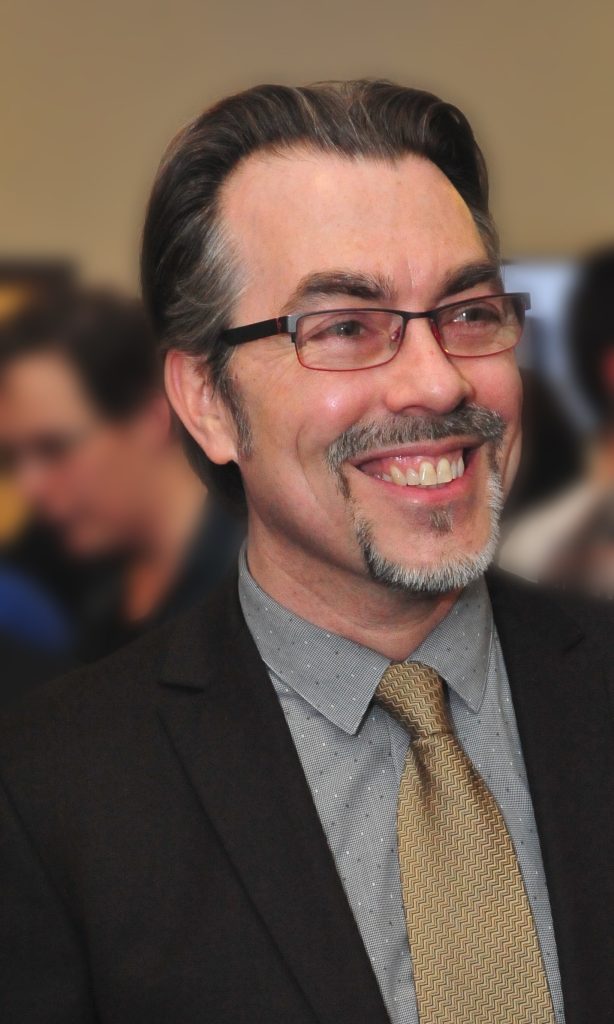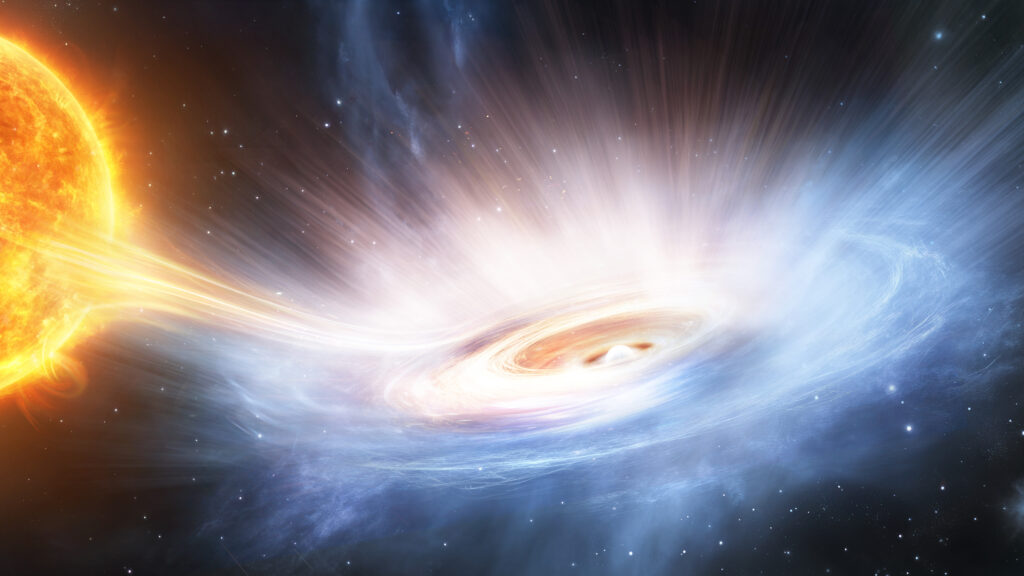A team of XRISM researchers, including SRON astronomers, has seen a surprisingly slow and thick wind blowing from the disc around a neutron star. Instead of the 200 million km/h that winds from supermassive black holes typically reach, the neutron star GX13+1 blows out a wind of only one million km/h. SRON provided the filter wheel including calibration sources to XRISM’s Resolve instrument.
Category: News
Gravitational Waves Celebrate 10-year Anniversary
Ten years ago, on 14 September 2015, the ground-based gravitational wave detector LIGO started its first observing run. About 1.4 billion years earlier, two black holes had collided in a far-away galaxy, producing a powerful gravitational wave. Already then, it was determined that the wave would reach the Earth on precisely 14 September 2015. Yet for it to become the first gravitational wave measured by humanity, a lot had to happen.
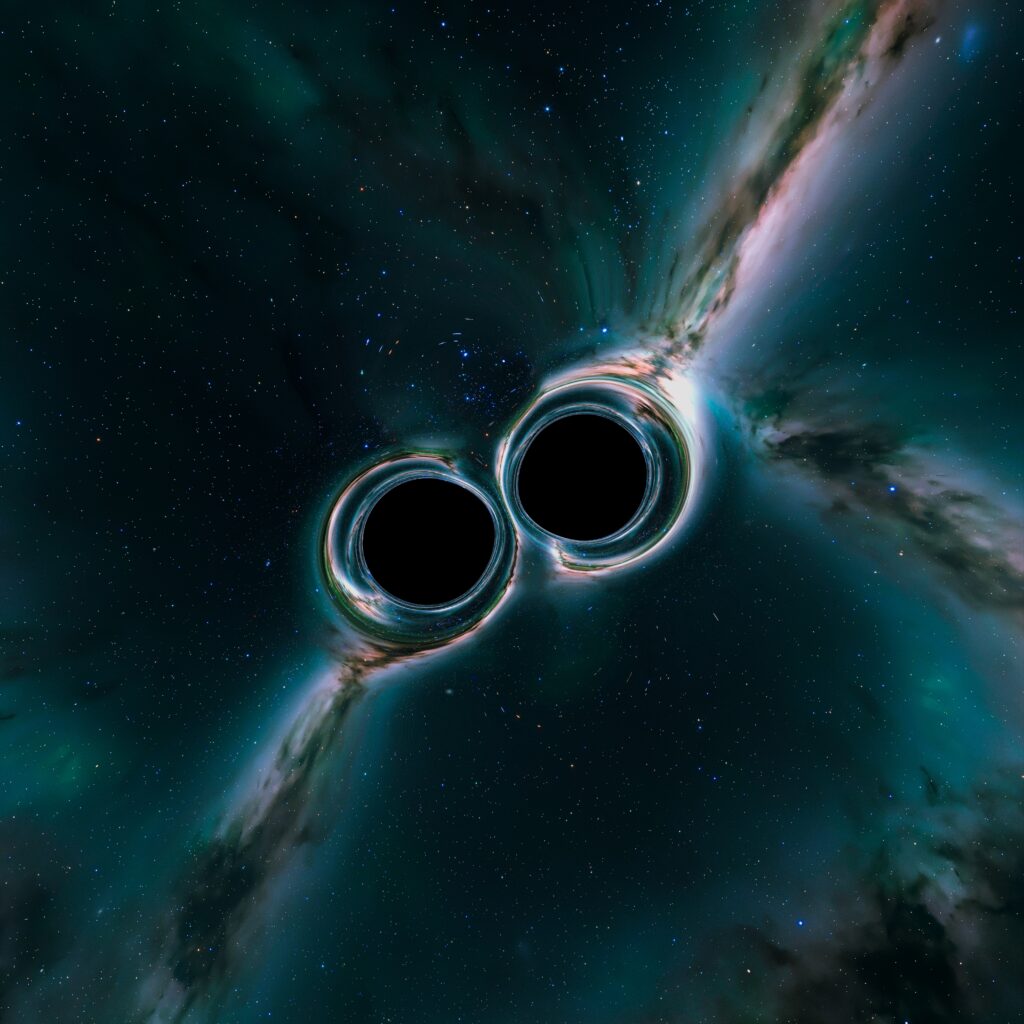
PLATO arrives in Noordwijk for final step towards launch
Are there planets similar to Earth? Do they orbit stars like our sun? Which type of parent stars and planets often go together? Which planets have an atmosphere that we can further investigate? From late 2026 onwards, the PLATO space telescope will search for answers.
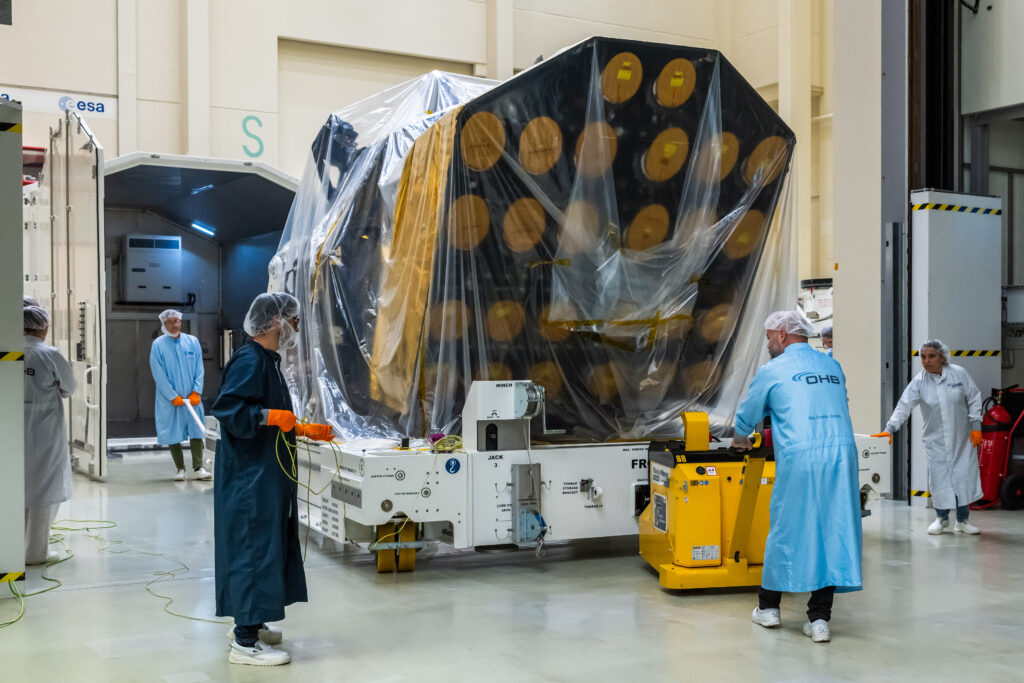
Weather and methane satellite MetOp-SG-A1 launched
On August 12 late at night, ESA has launched the European MetOp-SG-A1 satellite from its base in French Guiana. The partly Dutch Sentinel-5 instrument onboard is an addition to the already active Sentinel-5p/TROPOMI satellite. SRON has contributed the immersed grating for both and developed the software tools to derive methane and CO data from the observations.
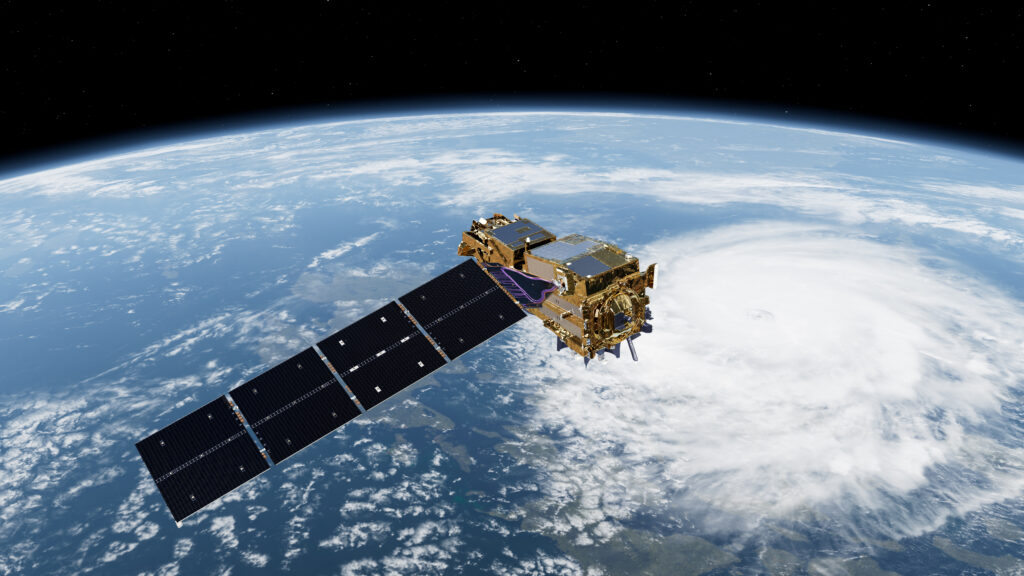
SRON Open Days on 5 and 11 October 2025
Who’s ready this October to step into the world of space research at the Space Research Organisation Netherlands (SRON)?
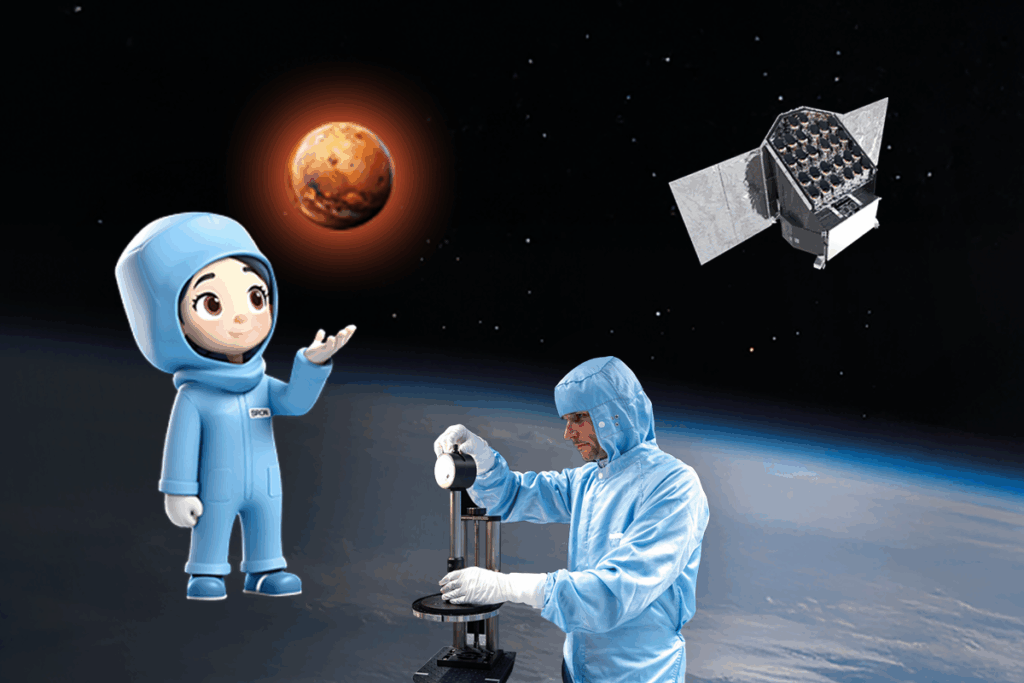
First direct measurement of sulfur gas and dust between the stars
An international team of astronomers, including Elisa Costantini (SRON/UvA), has for the first time directly measured how much sulfur occurs in gaseous and solid form in the interstellar medium. This helps to understand how gas clumps together to form stars and planets.

Dutch consortium receives funding to support development PRIMA’s far-infrared detector
A Dutch consortium of SRON, TU Delft, NOVA and Veldlaser receives NSO funding to further develop PRIMA’s far-infrared detector. PRIMA is one of the two remaining candidates to become NASA’s Probe mission. SRON’s role is to develop the Kinetic Inductance Detectors (KIDs) for the PRIMAger instrument. The consortium will use the funding to push the detectors to a higher level. In space terms: to TRL-6.
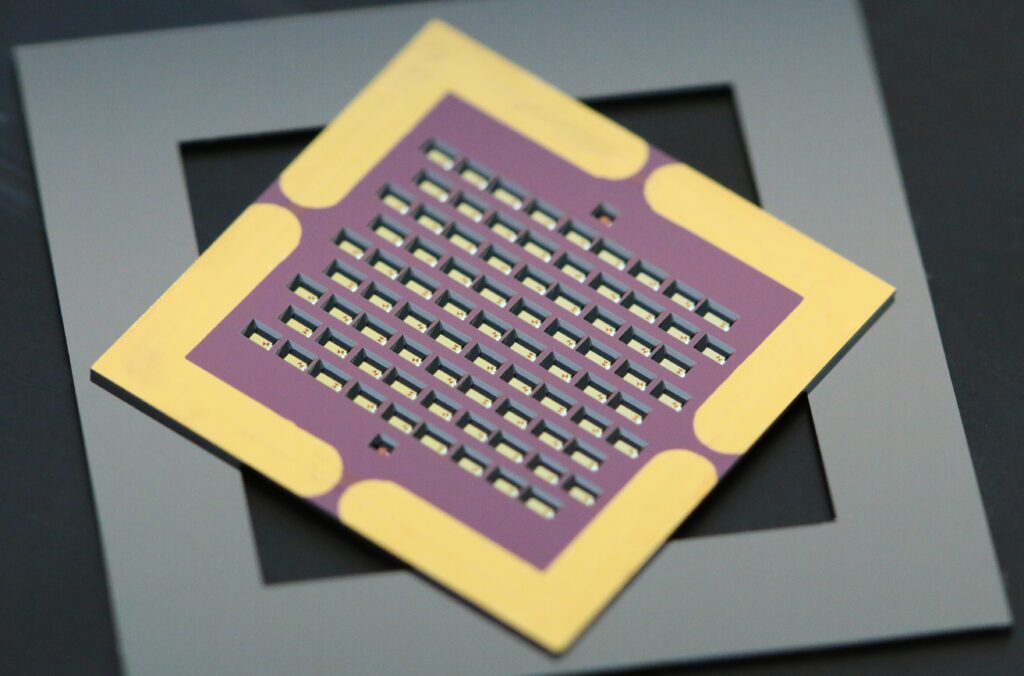
Ilse Aben wins Stevin Prize for detecting large methane leaks with TROPOMI
This year, NWO awards one of its two Stevin Prizes to Prof. Ilse Aben (SRON/VU) for the societal impact she has achieved with the Dutch space instrument TROPOMI. At SRON, Aben leads the TROPOMI team that weekly publishes a world map of major methane leaks. These leaks have a combined climate impact twice as large as the total greenhouse gas emissions of The Netherlands. Projects by the United Nations and the European Union, among others, use this data to close the leaks through diplomatic channels. The Stevin Prize is the highest Dutch award for the application of knowledge for society and amounts to 1.5 million euros for research.
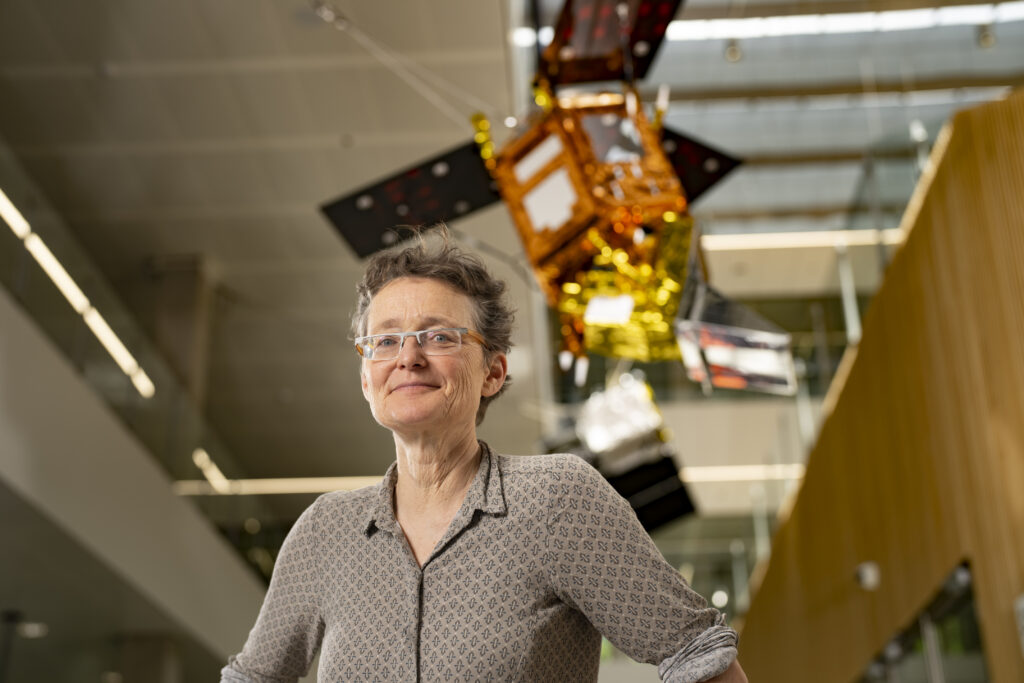
Lost and possibly found: a third of the normal matter in the Universe is missing
A European team of astronomers led by the Netherlands have uncovered a large filament of hot gas connecting four galaxy clusters. The filament contains so-called warm-hot intergalactic medium. The hot gas spans over a distance of 23 million light years, is more than ten million degrees hot, and may be part of what astronomers call the ‘missing normal matter’. The team used two X-ray space telescopes: the Japanese Suzaku and the European XMM-Newton. Publication on June 19th in Astronomy and Astrophysics.
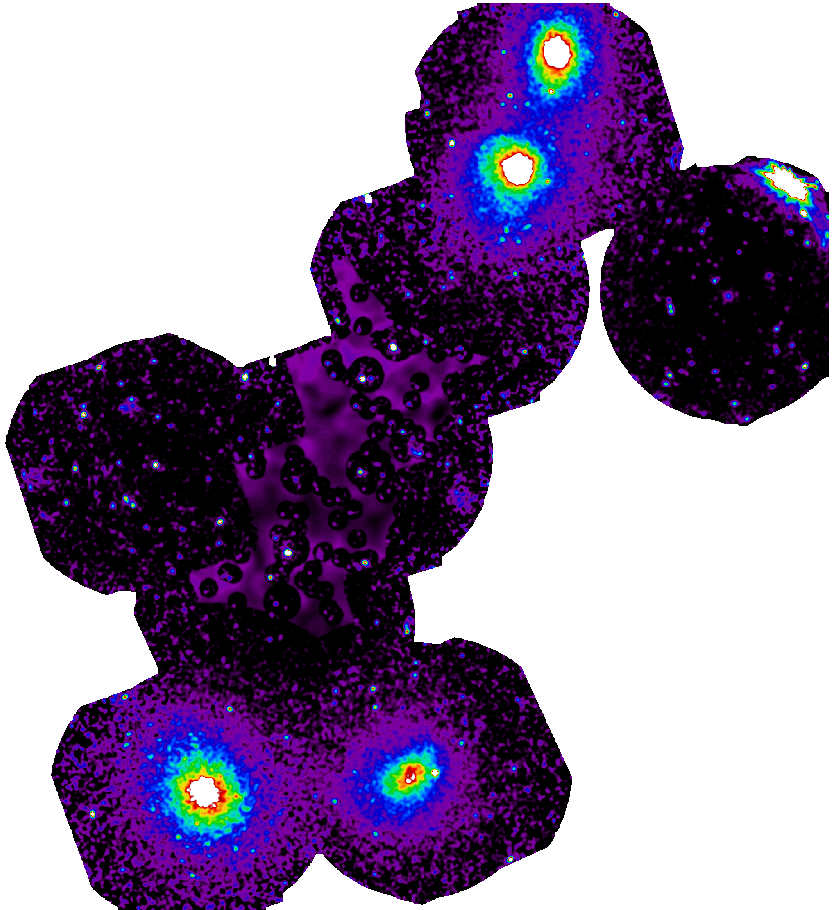
ENW-M1 grant for cloud-aerosol interaction
NWO has awarded SRON researcher Hailing Jia an Open Competition ENW-M1 grant to better map the interaction between clouds and aerosols. The grant enables Hailing to hire a PhD student.

Pastoor Schmeitsprize for Yamila Miguel
The board of the Pastor Schmeits Prize for Astronomy Foundation has decided to award the 2025 Pastor Schmeits Prize to two individuals: Yamila Miguel (SRON/Leiden University) and Else Starkenburg (University of Groningen). The prize was presented on 28 May 2025 during the 80th Dutch Astronomers Conference (NAC) in Berg en Dal.
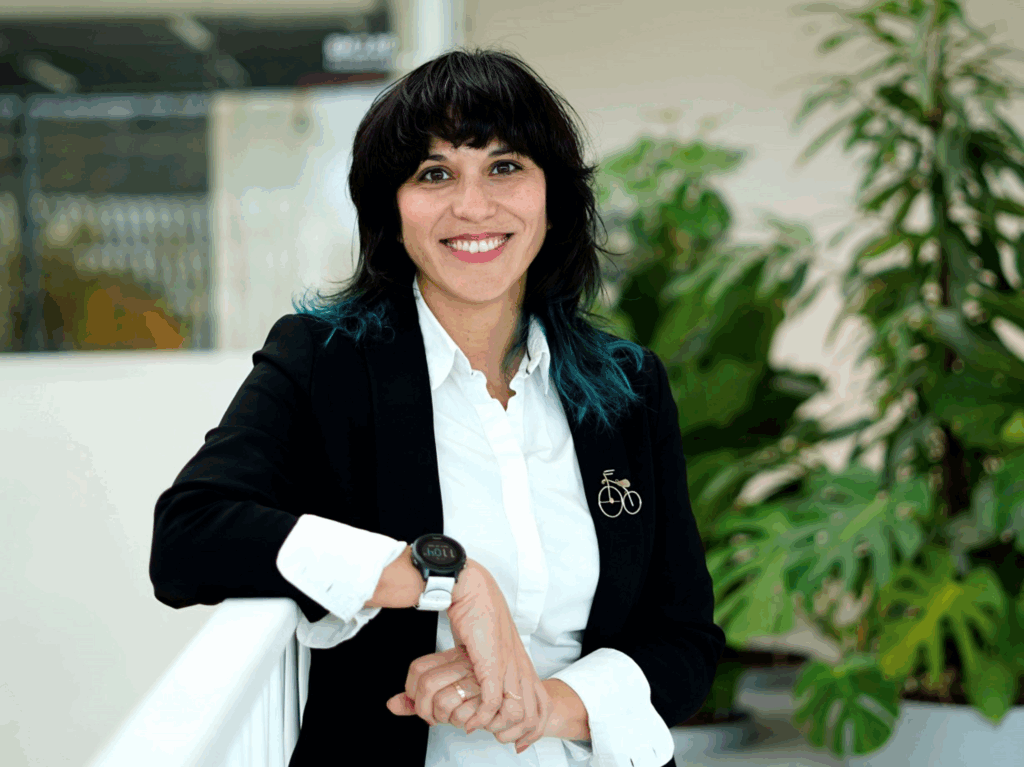
ENW-XS grant for simultaneous readout of a thousand X-ray detectors
SRON researcher Luciano Gottardi has received an ENW-XS grant from NWO to read out a thousand X-ray detectors simultaneously with a single amplifier. The new readout follows the same principle as KIDs, which are already used to detect far-infrared and visible light particles.
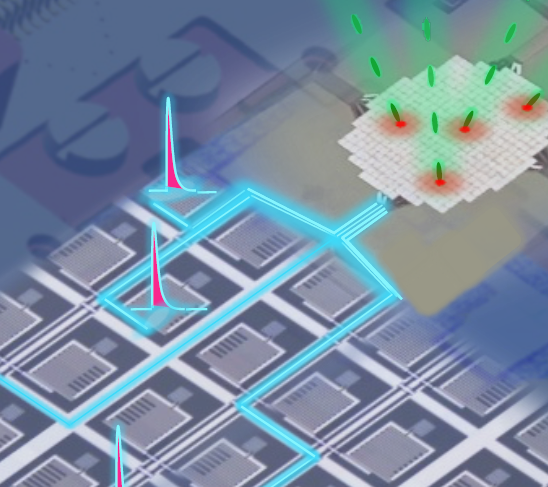
SRON pinpoints large brief methane releases
SRON scientists discover dozens of methane plumes every week using the Dutch space instrument TROPOMI. To locate their sources, they then zoom in with other satellites. However, brief methane releases have typically ended before those satellites arrive at the scene. The team has now developed a new method that is fast enough to catch the largest of such emissions. Publication in Geophysical Research Letters.
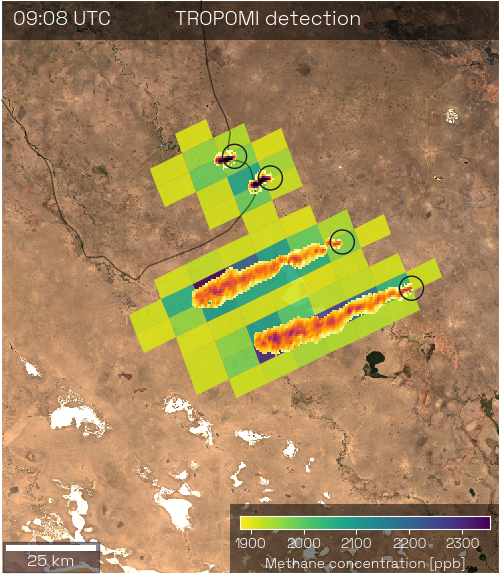
Astronomers finally discover double white dwarf set to explode into supernova
A small international team of astronomers including Silvia Toonen (UvA) and Gijs Nelemans (RU, KU Leuven and SRON) has discovered two white dwarf stars orbiting each other that will merge and explode into a type Ia supernova. This missing link in astronomy has long been predicted. The researchers publish their findings today in Nature Astronomy.
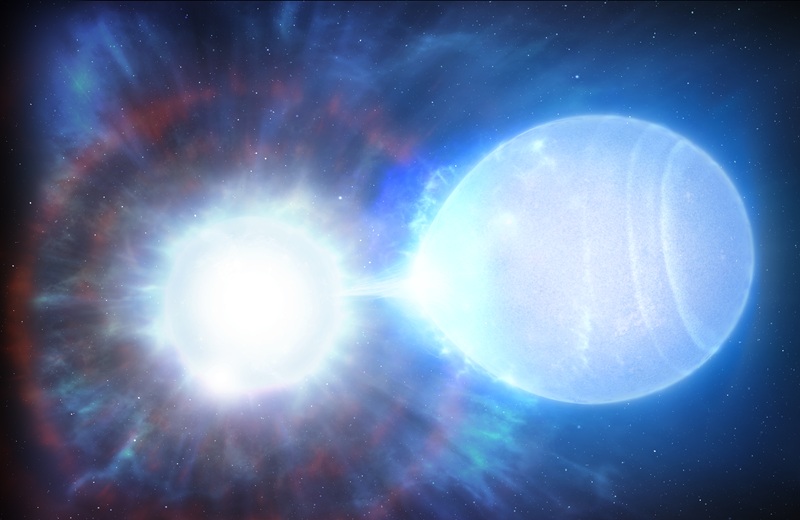
Name SRON becomes acronym: Space Research Organisation Netherlands
The Dutch institute for scientific space research SRON has a new logo, a new name, a new corporate identity and a completely revamped website with effect from Wednesday 26 March 2025. From now on, SRON stands for Space Research Organisation Netherlands (SRON).

XRISM finds evidence for gas flows in galaxy cluster
Using the XRISM X-ray telescope, astronomers have observed hot gas sloshing back and forth in the core of a cluster of galaxies. This provides the first direct evidence of gas motions driven by a collision on cosmic scales. Publication in Nature.

Duo of Satellites Detect Large Methane Emission from Ethiopian Volcano
SRON—as part of the European CAMS service—and GHGSat have detected a substantial methane emission from Mount Fentale, an active volcano in Ethiopia. The emission, estimated at 58 metric tonnes per hour, was observed on January 31 through a “tip and cue” approach between Europe’s Copernicus program’s Sentinel-5P TROPOMI satellite instrument and GHGSAT’s satellite constellation, coordinated by SRON and GHGSAT.

Dutch satellite instrument SPEXone produces aerosol world map
On February 8th 2024, NASA launched its PACE climate satellite with onboard the Dutch aerosol instrument SPEXone. A full year of observations now yields a world map of aerosols. It shows the distribution of fine and coarse aerosols and of particles that reflect or absorb sunlight. The latter respectively have cooling and warming effects on the climate. SPEXone was built by SRON and Airbus Netherlands, with support from TNO.
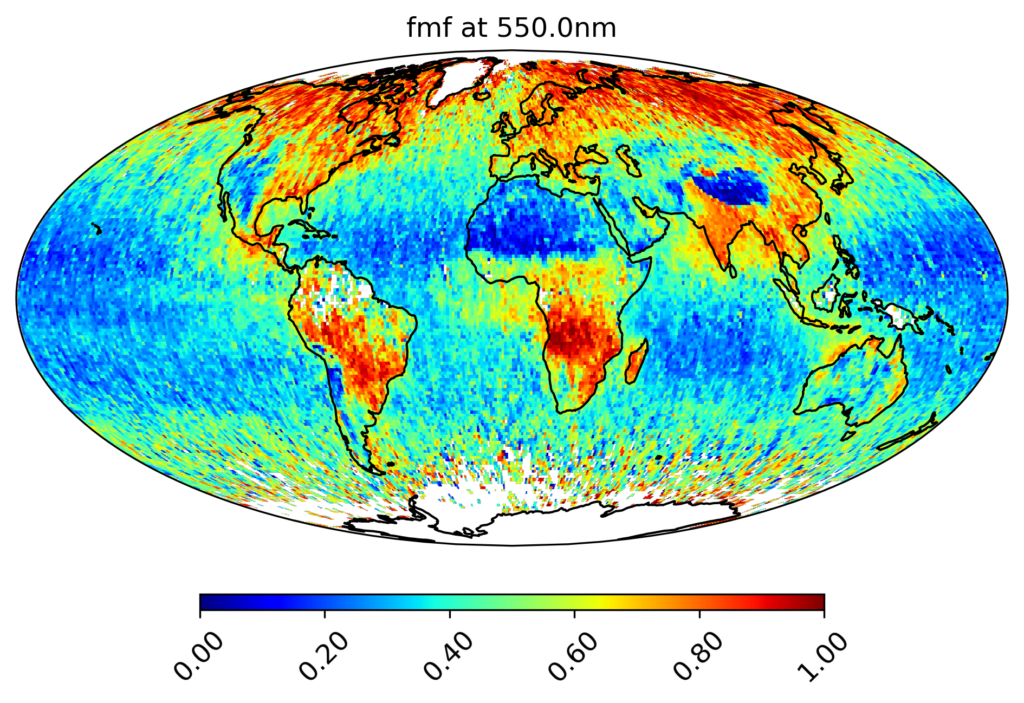
Annual carbon monoxide emissions measured from Europe’s 21 largest steel plants
The Dutch TROPOMI space instrument creates daily global maps of carbon monoxide (CO) in the atmosphere. Researchers from SRON and TNO have now measured CO emissions over a full year from the 21 largest European steel plants, including Tata Steel.
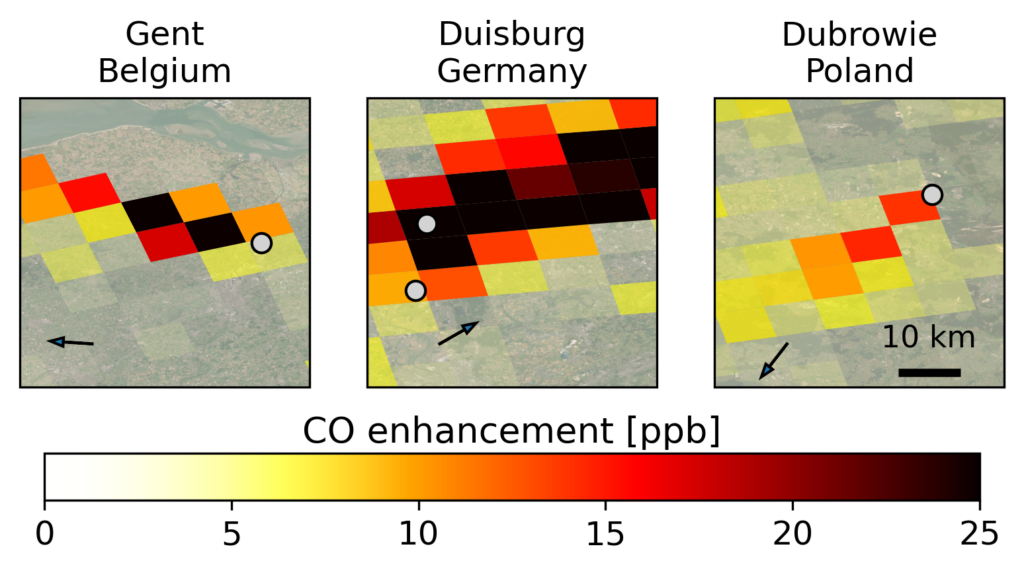
Scientific goals NewAthena: from stars and black holes to the cosmic web
Het wetenschappelijke consortium van ESA’s toekomstige NewAthena röntgentelescoop heeft haar doelen voor de missie gedefinieerd in een publicatie in Nature Astronomy.
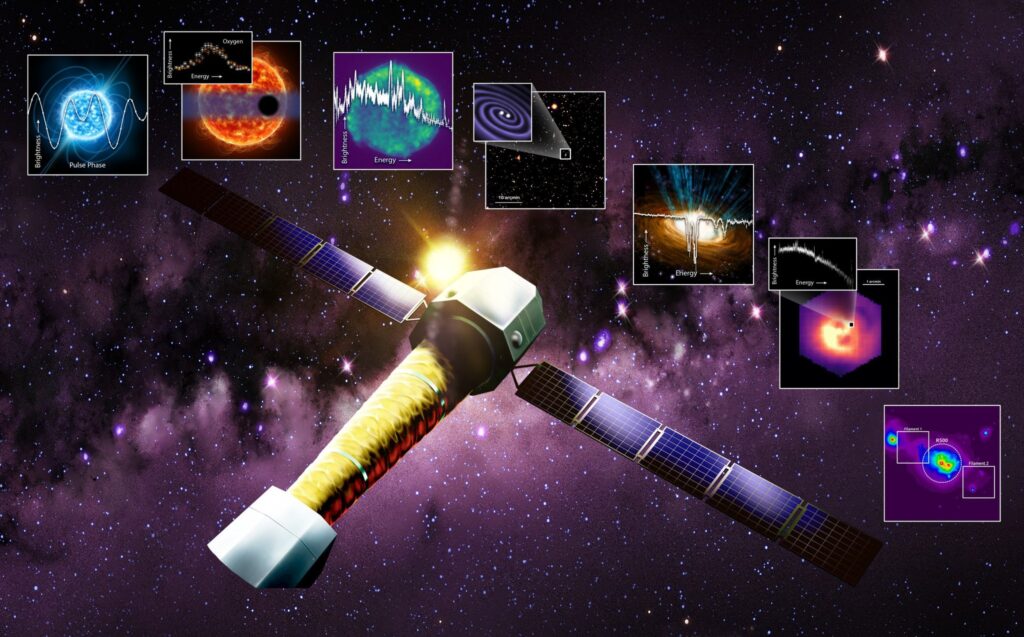
TRAPPIST planet dissected: volcanic rock or atmosphere full of CO2 and haze
Astronomers have used the James Webb Space Telescope to measure the infrared spectrum of a rocky planet in the auspicious planetary system of TRAPPIST-1. It is what you’d expect from a planet covered in volcanic rock. Another scenario includes an atmosphere full of CO2 and smog. The team, including Michiel Min (SRON), publishes the results in Nature Astronomy.
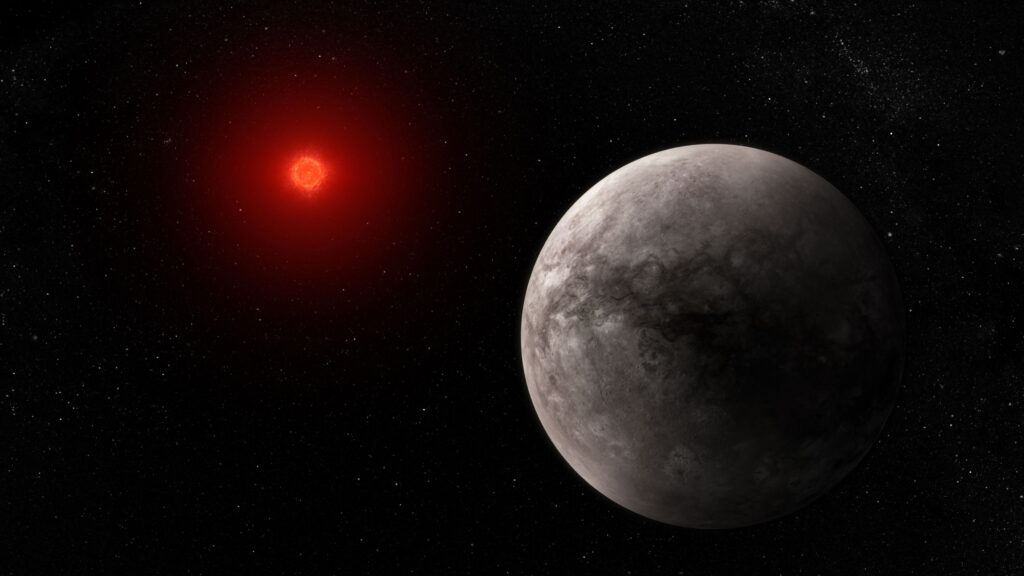
XMM-Newton celebrates 25 years in space
On December 10th, ESA’s X-ray observatory XMM-Newton celebrates 25 years in space. SRON contributed to one of XMM-Newton’s three instruments—the Reflection Grating Spectrometer. From planets to black holes, the space telescope has delivered many ground-breaking observations of a variety of celestial objects. Let’s take a look at four fascinating discoveries from the past five years.
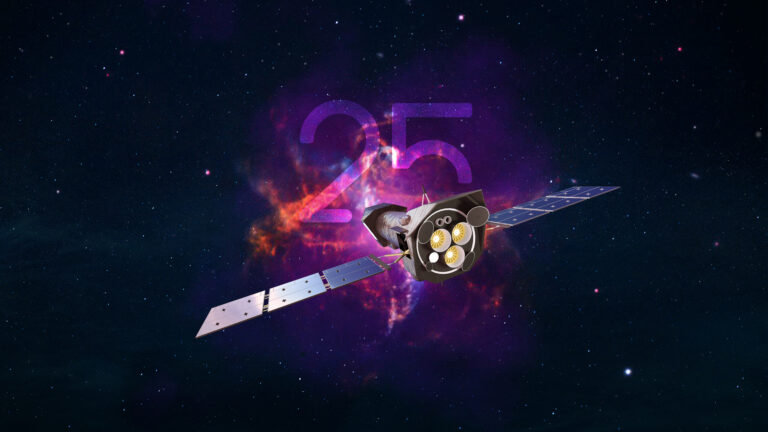
White paper: NL-US collaboration in climate research from space
In oktober 2024 kwamen wetenschappers uit Nederland en de Verenigde Staten bijeen op de Nederlandse ambassade in Washington om hun expertise te delen over broeikasgassen, reactieve gassen, wolken en aerosolen. Deze thema’s zijn belangrijk voor klimaatonderzoek. In een whitepaper formuleren ze acties die antwoord gaan geven op urgente klimaatvragen.
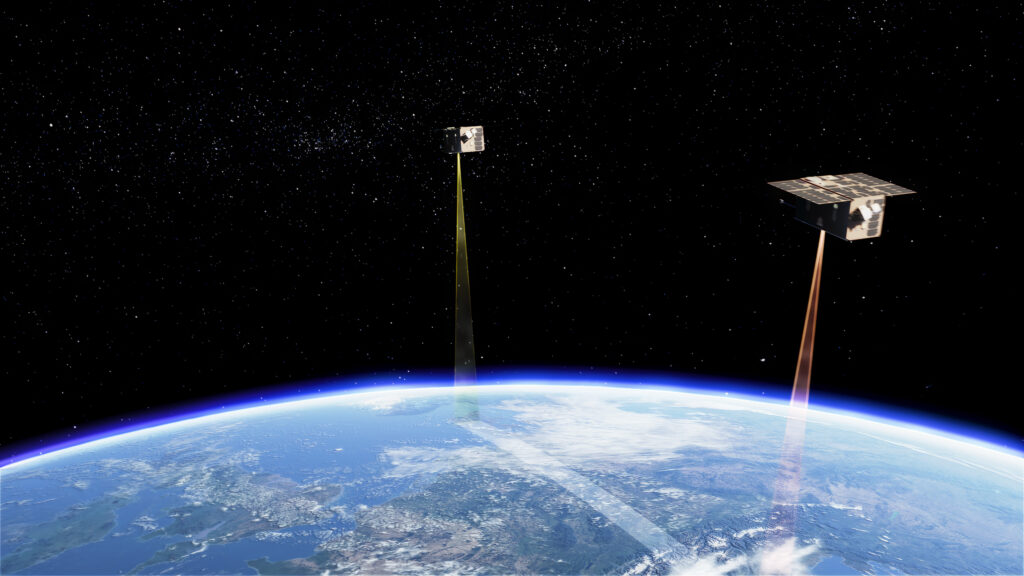
From atoms to the cosmos: ‘Everything in the universe is connected’
Kunnen we de grootste structuren in het universum onderzoeken door te kijken naar de kleinste deeltjes? Daarover gaat het onderzoek van Lydia Stofanova, promovendus aan de Leidse Sterrewacht en SRON—het Nederlandse instituut voor ruimteonderzoek. Ze bestudeert hoe elementen zoals zuurstof de grootschalige structuur van het universum beïnvloeden. Op 13 november verdedigde ze haar proefschrift.

PRELIFE consortium receives NWA grant to study origins of life
An interdisciplinary research consortium, including Floris van der Tak (SRON/RUG) and Michiel Min (SRON) has been awarded an NWA grant by the Dutch Research Council (NWO) to investigate the origin of life on Earth and in the universe. The so-called PRELIFE consortium (Pathways, Reactions and Environments) receives €6.7 million to explore this research question.

Gold antenna increases sensitivity detectors for proto-planetary systems
Researchers at SRON and TU Delft have made bolometer detectors thirty percent more sensitive. Bolometers form the heart of terahertz spectrometers that can distinguish colors up to one-millionth of their wavelength. This is needed to observe astrophysical processes such as the birth of stars and planets from gas and dust clouds. The enhancement should cut the time in half that it takes a space telescope to take a spectrum.
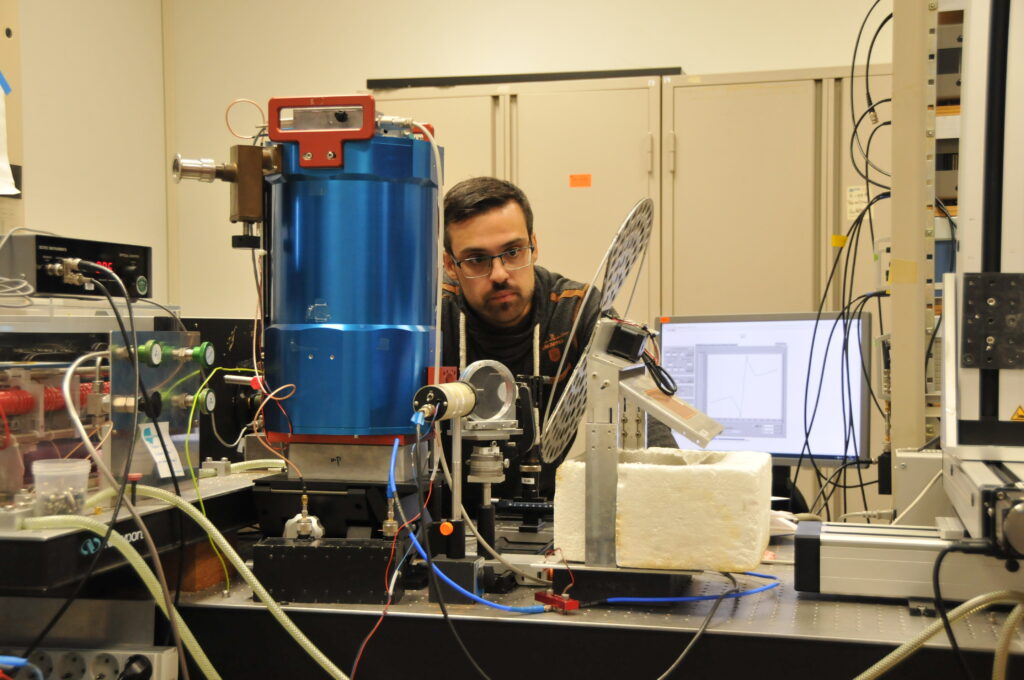
Golden antenna improves sensitivity detectors for proto planetary systems
Researchers at SRON and TU Delft have made bolometer detectors thirty percent more sensitive. Bolometers form the heart of terahertz spectrometers that can distinguish colors up to one-millionth of their wavelength. This is needed to observe astrophysical processes such as the birth of stars and planets from gas and dust clouds. The enhancement should cut the time in half that it takes a space telescope to take a spectrum.
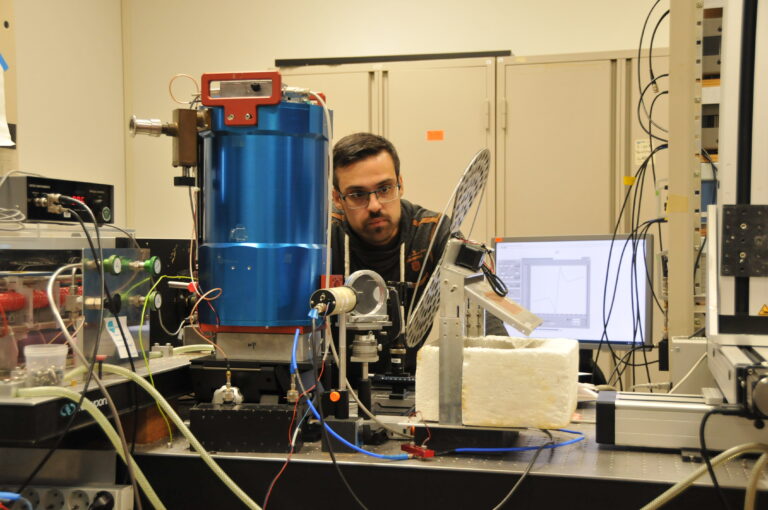
Lightweight centimeter-sized terahertz spectrometer
Researchers at TU Delft, SRON and LongWave Photonics LLC have created a centimeter-sized, lightweight terahertz spectrometer. Current spectrometers are half a meter in size and much heavier. Weight and size play a large role since terahertz radiation is only detectable from space. Publication in Laser & Photonics Reviews.
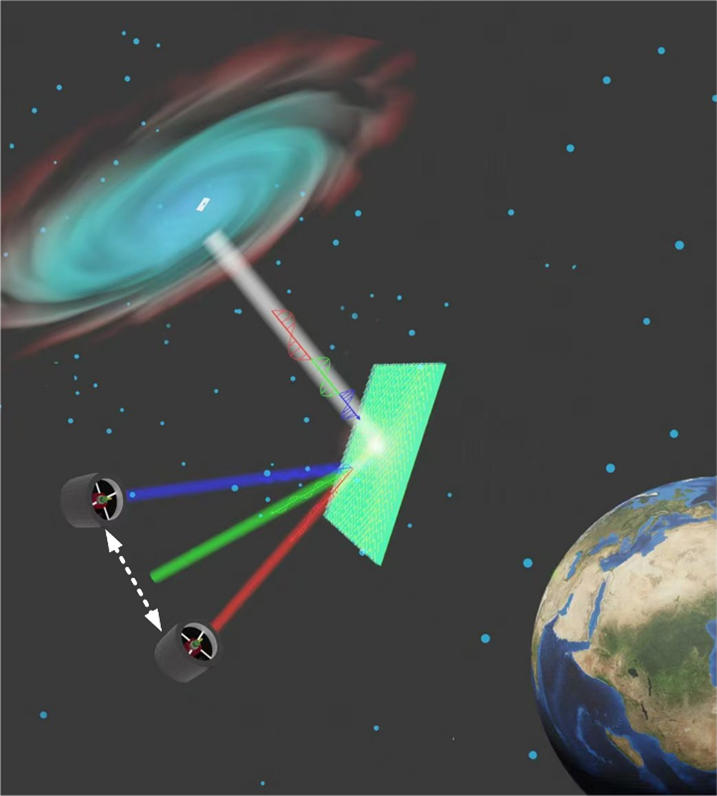
Kick-off Astrophysics Centre for Multimessenger studies in Europe
The Astrophysics Centre for Multimessenger studies in Europe (ACME) has kicked off its activities in Paris. This EU-funded project aims to optimize the European-wide accessibility and cohesion of multiple astroparticle and astronomy research infrastructures, such as VIRGO, KM3NeT, Auger Prime and LOFAR, to realize multi-messenger astrophysics.
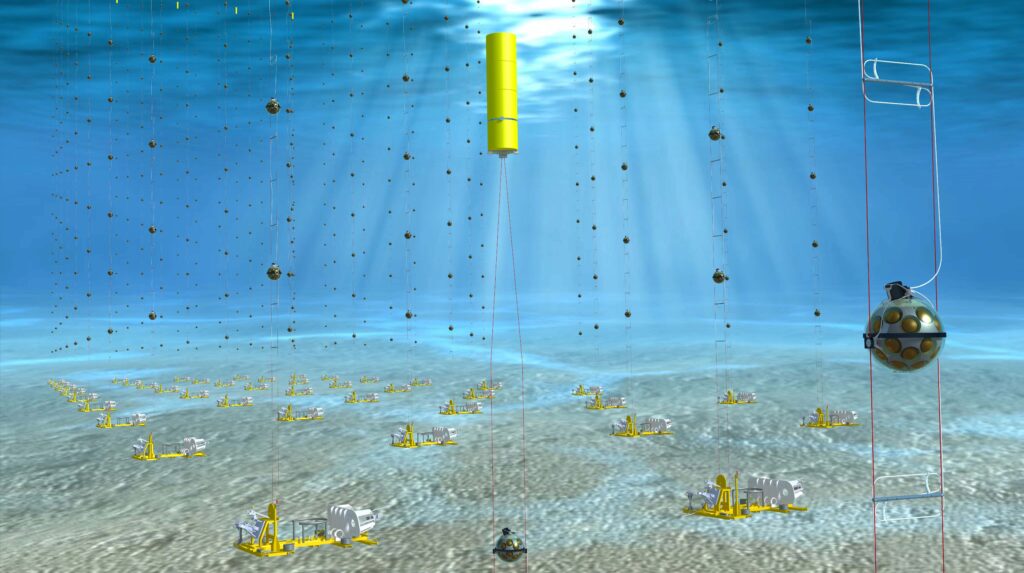
PRIMA selected as candidate for NASA’s Probe mission
Out of the eight projects that competed to become NASA’s Probe mission, only two remain. The Probe far-Infrared Mission for Astrophysics (PRIMA) and the Advanced X-ray Imaging Satellite (AXiS) have been selected for the second round. SRON delivers the detectors for PRIMA, developed together with TU Delft.
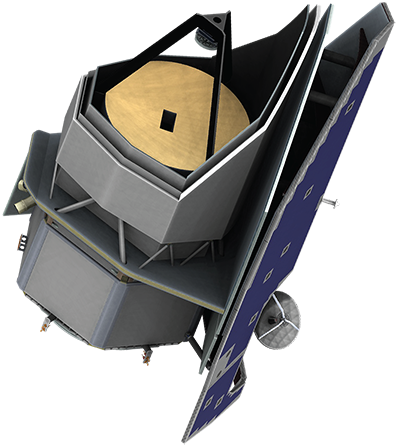
First XRISM results: ten-billion-degree supernova remnant and dust donut at 0.1 light years from black hole
Following its launch on September 7th, 2023, and the subsequent series of tests, the XRISM X-ray telescope has produced its first two scientific papers. The team marveled at a temperature of ten billion degrees Celsius inside a supernova remnant. And it measured the distance of the dust ring around a supermassive black hole. In the case of NGC 4151, this turns out to be 0.1 light years. SRON has developed the filter wheel and an X-ray source used to calibrate the energy scale of the Resolve instrument.
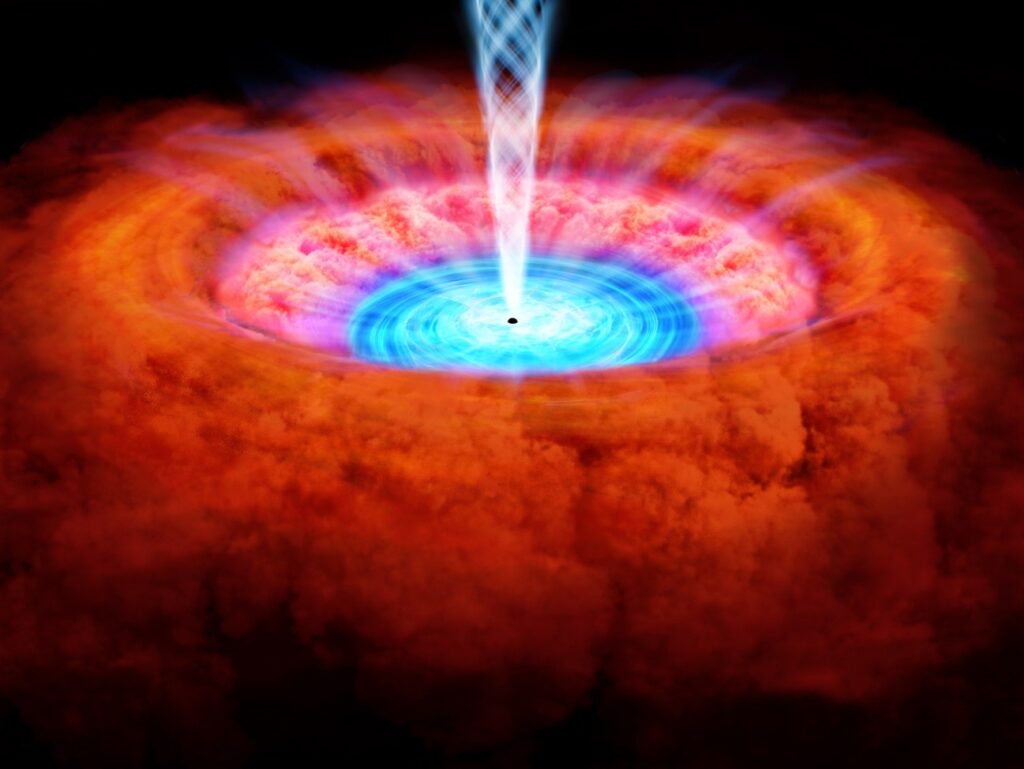
SRON and partners develop vibration damping for cold optics of the Einstein Telescope
SRON is part of a consortium that will develop vibration damping of cryogenically cooled optics for the future gravitational wave detector Einstein Telescope (ET). The collaboration has now received a grant of € 1.375.000 from the R&D scheme technology domains ET.
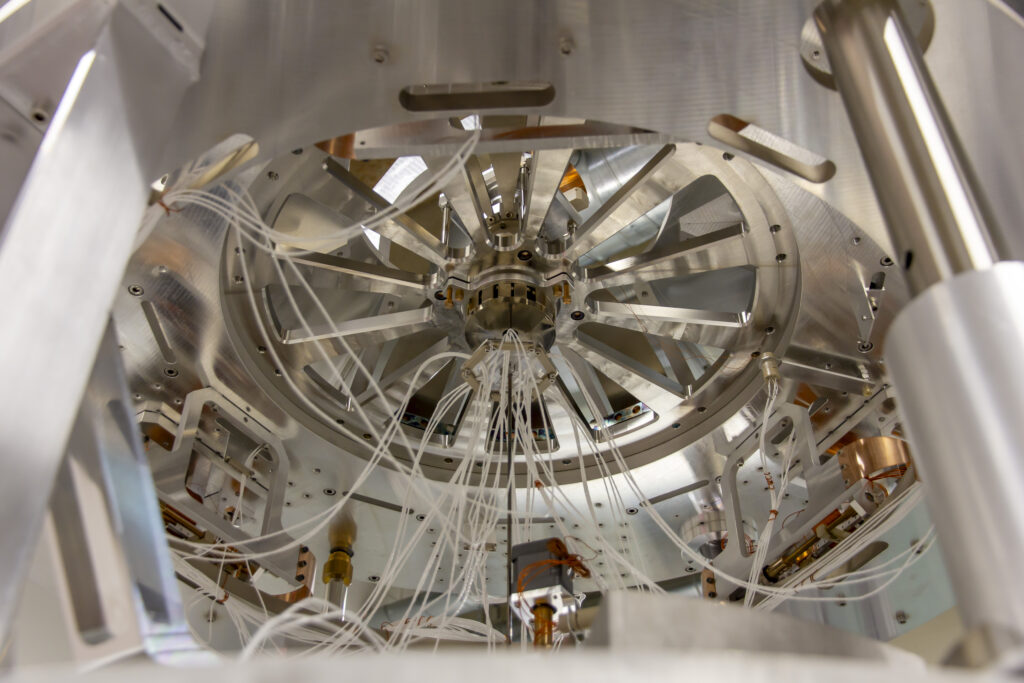
Pixels TROPOMI methane detector remain almost completely intact
Since its launch in 2017, the Dutch TROPOMI space instrument has been constantly impacted by cosmic rays. An analysis of the onboard short-wave infrared detector, tasked with detecting methane and carbon monoxide, shows that 98.7% of its pixels are still working properly. Spontaneous recovery of pixels contributes to this. Publication in Measurement Science and Technology.
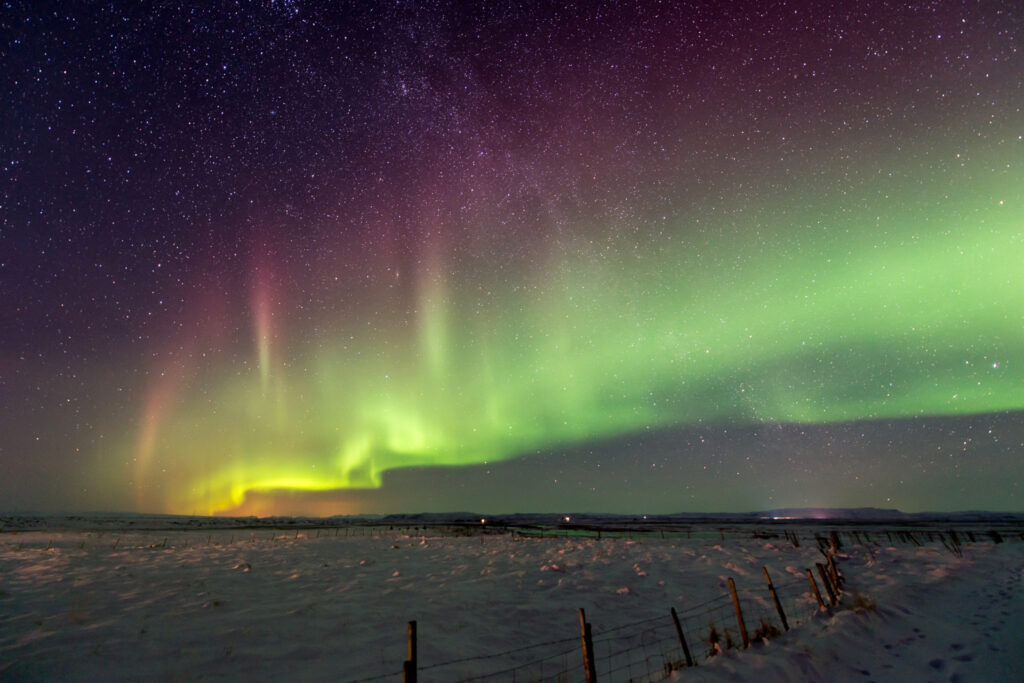
Astrophysics in the lab: TES detectors measure X-rays from hot plasma
SRON has joined forces with the Max Planck Institute for Nuclear Physics (MPIK) and the Institut de Recherche en Astrophysique et Planetologie (IRAP) to generate reference data for astronomical observations and scrutinize the laws of hot plasma physics. The electron beam ion trap (EBIT) at MPIK in Heidelberg simulates a hot plasma, while superconducting transition-edge sensors (TES) developed by SRON measure the emitted X-ray spectra with unprecedented energy resolution.
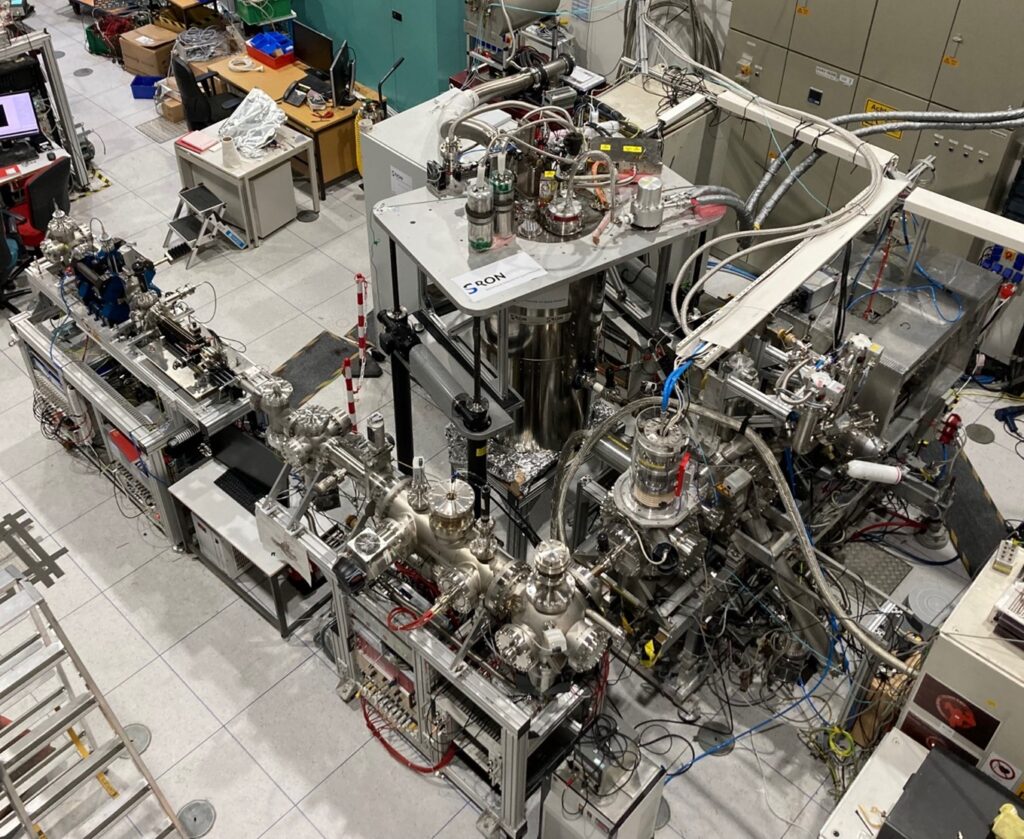
SRON to detect methane plumes for the Copernicus Atmosphere Monitoring Service
SRON has been selected by the European Copernicus Atmosphere Monitoring Service (CAMS) to provide satellite data analysis for its new monitoring service on methane emissions. CAMS provides atmospheric information to policymakers, businesses and citizens. It delivers real-time European air quality analyses and forecasts as well as observation-based emission estimates.
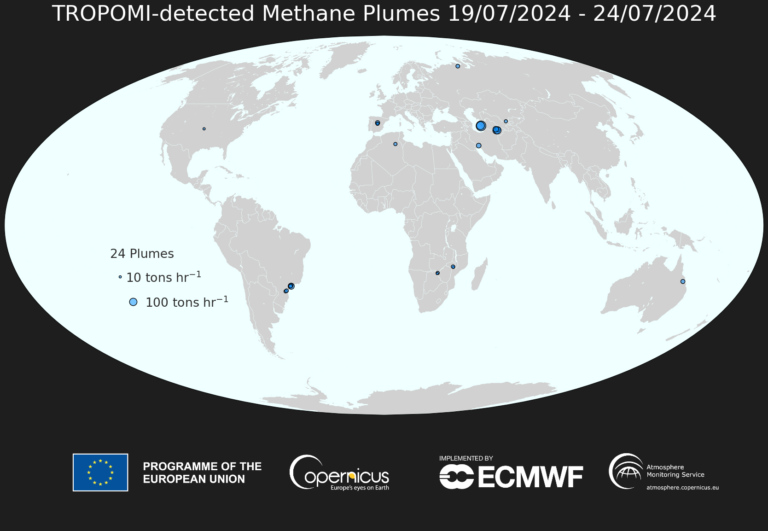
Liquid crystal coronagraphs for crystal clear vision of a second Earth
David Doelman has been awarded a Veni grant for his research on advanced optical technologies for the next generation of space telescopes. These telescopes aim to directly study the light from Earth-like planets orbiting nearby stars, in search of evidence of liquid water and life.

Climate models give different predictions on sulfate aerosol formation
The cooling effect of aerosols adds an uncertainty of almost one degree in climate models. Sulfate aerosols are one of the most impactful types. An analysis of several widely-used models now concludes that their predications on the creation of sulfate aerosols in the atmosphere differ almost as much as a factor of two. The PACE satellite will help to reveal which models are most accurate. Publication in Journal of Geophysical Research.
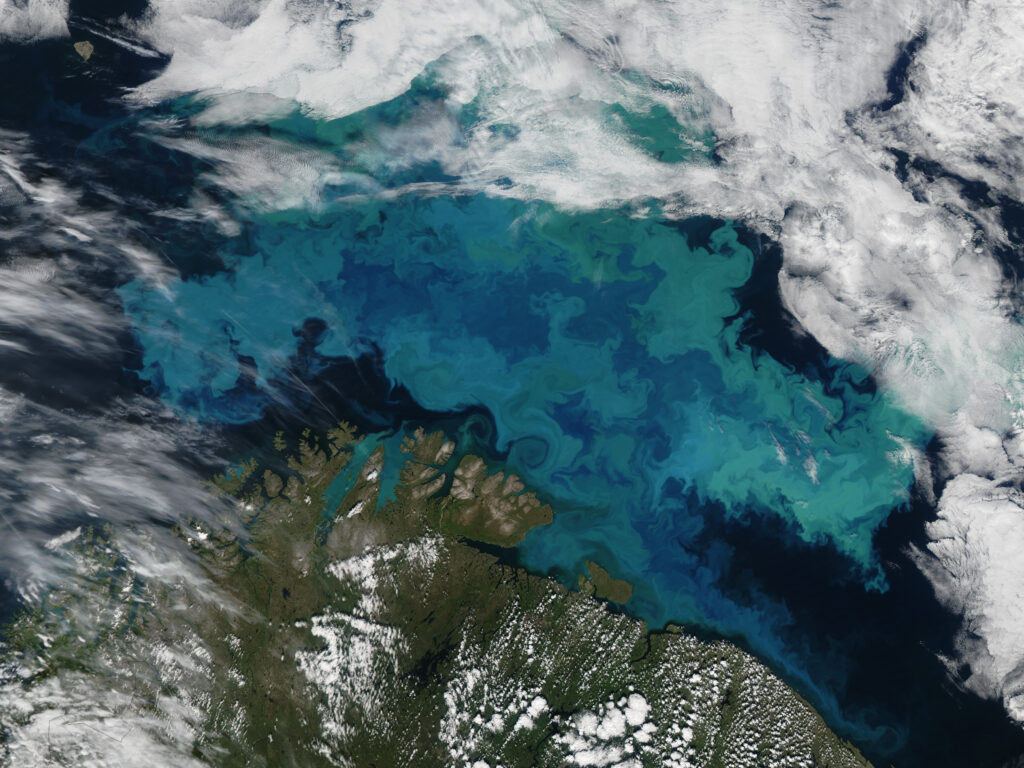
First map of outflows from nearby quasar I Zwicky 1
SRON astronomers have for the first time mapped the outflows from one of the closest quasars— I Zwicky 1. Quasars are bright cores of galaxies powered by the supermassive black hole in their center. The team has probed gas outflows in I Zwicky 1 to map its system of clouds being blown away at tens to thousands of kilometers per second. Publication in Astronomy & Astrophysics.

Jelle de Plaa wins SURF Research Support Championship Award
Every year SURF organizes its Research Support Championship Awards to give a platform to innovators of research support. This way they can increase their impact and reach and inspire others. SURF is a cooperation of Dutch educational and research institutions. This year, Jelle de Plaa (SRON) receives this award at the SURF Research Day.

NWO grant for studying life cycle of stars and planets with GUSTO
SRON astronomer Floris van der Tak has received an ENW-M1 grant from NWO to study the life cycle of stars and planets. Together with a PhD student, he will study the presence of carbon and nitrogen in tenuous gas clouds—the precursors of baby stars. They will analyze data from the recently conducted balloon mission GUSTO, for which SRON developed the cameras.
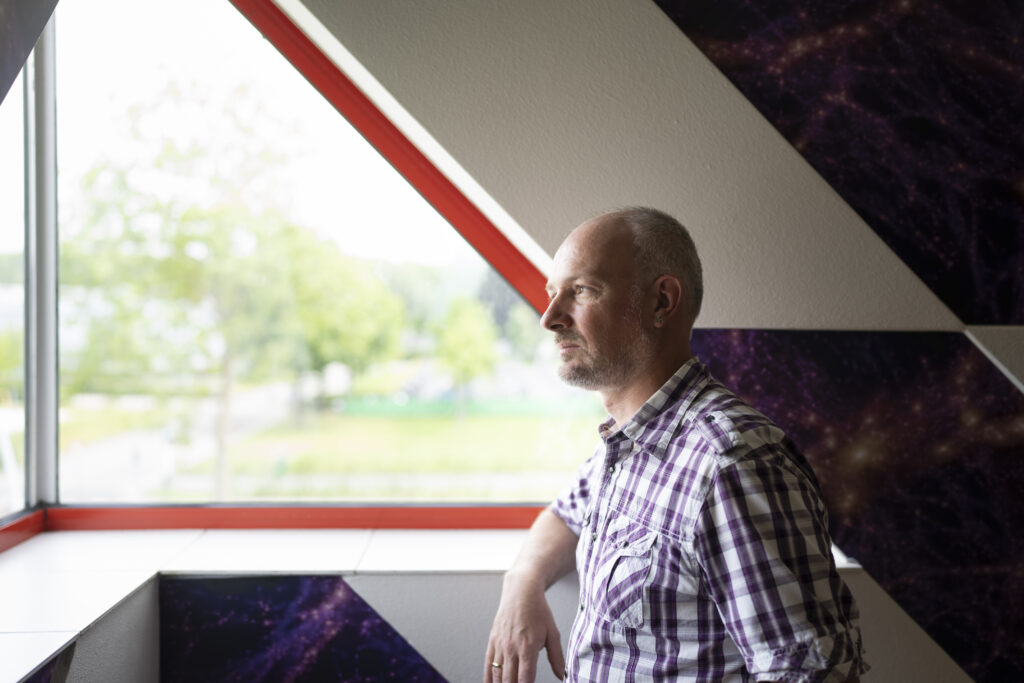
NWO grant for detection of single photons from exoplanets
SRON researcher Pieter de Visser has received an ENW-M1 grant from NWO to develop detectors that catch individual light particles from planets outside our solar system. Planets mainly emit low-energy light, such as infrared radiation, which is particularly difficult to detect. De Visser is developing his MKID detectors for infrared wavelengths with ESA’s candidate space mission LIFE in mind.
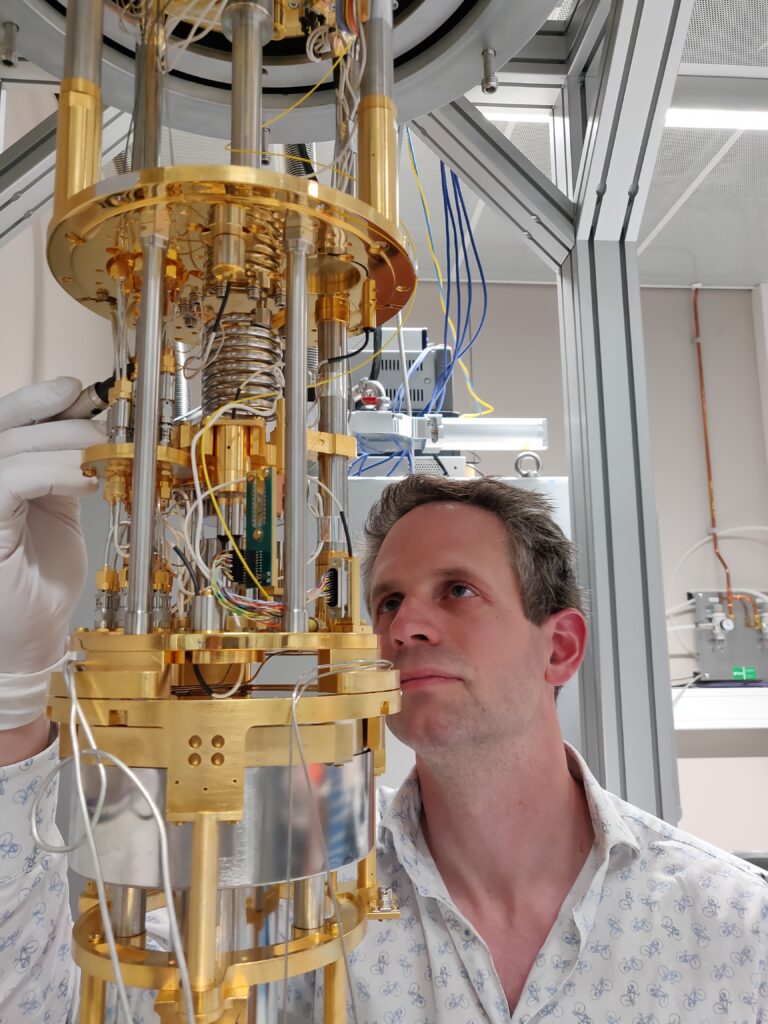
Webb data show hints of atmosphere around rocky exoplanet
Astronomers have discovered possible atmospheric gases on 55 Cancri e, a hot rocky exoplanet at 41 light years from Earth. This is the best evidence yet for an atmosphere around a rocky planet outside our solar system. Gas bubbling up from a lava-covered surface possibly feeds an atmosphere rich in carbon dioxide or carbon monoxide. The researchers, including astronomers from SRON and Leiden Observatory, publish their findings in Nature.
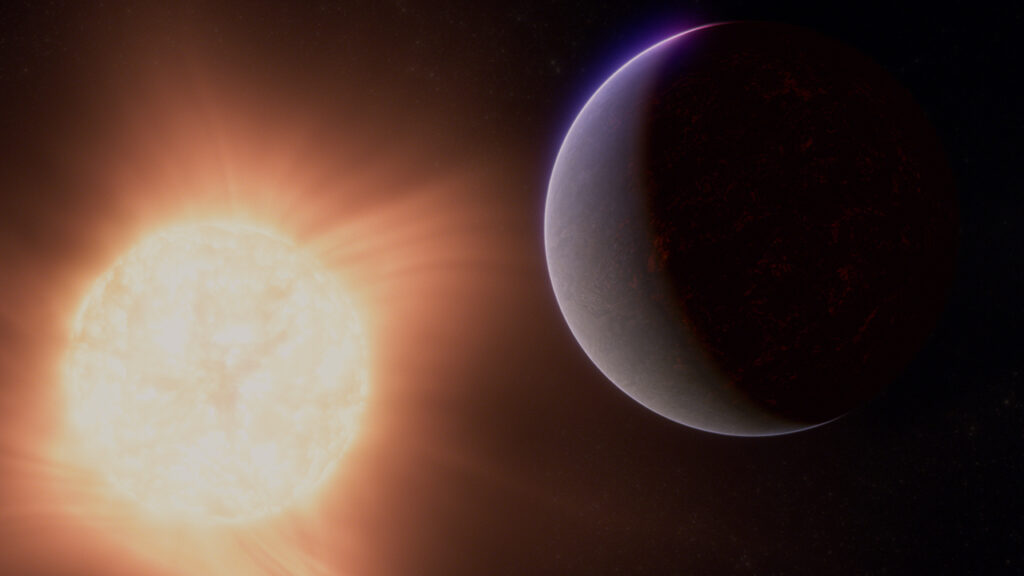
SRON and Dutch climate envoy at World Energy Congress
On April 24th 2024, Aaldert van Amerongen (head of SRON Earth Observation) will participate in a panel discussion on methane emissions at the 26th World Energy Congress in Rotterdam. The Dutch climate envoy His Royal Highness Prince Jaime de Bourbon de Parme also takes part. The session is titled: “Net zero methane by 2030: a new outlook for oil and gas?””

Spanish King introduced to Dutch earth observation
Spanish King Felipe and Dutch King Willem-Alexander visited ESA’s test center ESTEC in Noordwijk on Thursday, April 18. They took a tour around the cleanrooms and were informed about the Dutch-Spanish cooperation in the field of methane research. On behalf of SRON, Ilse Aben and Mari Martinez Velarte explained how the Dutch satellite instrument TROPOMI scans the entire earth every day for large methane plumes.
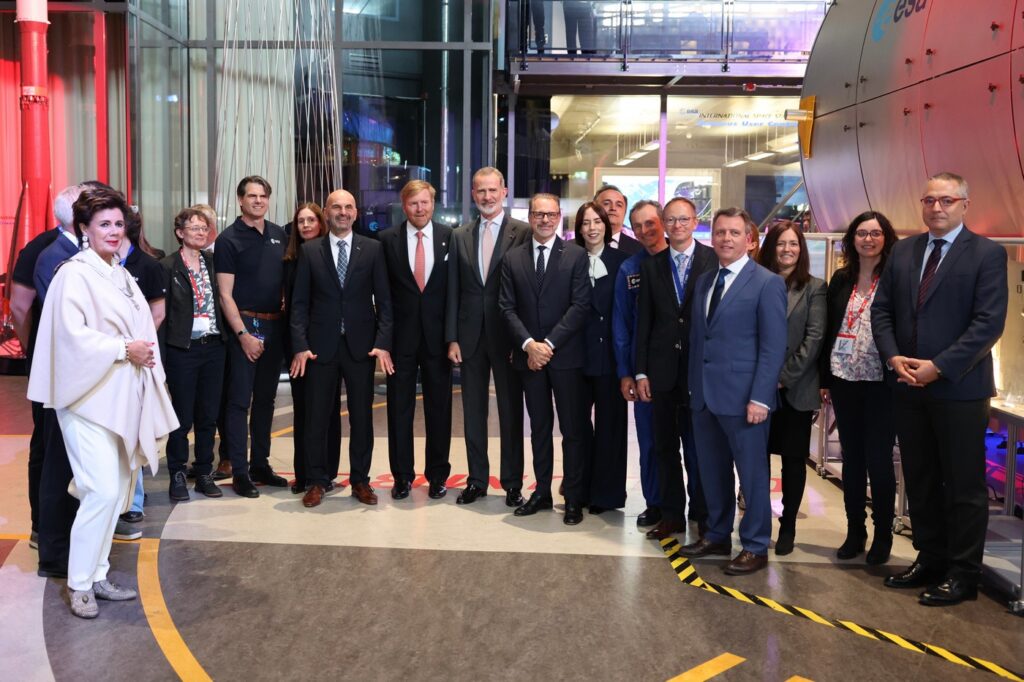
PACE climate satellite releases first images
NASA’s PACE climate satellite, with onboard the Dutch instrument SPEXone, has reached the First Light milestone. The world now has access to satellite images distinguishing types and sizes of aerosols. SPEXone also measures the extent to which aerosols absorb and reflect sunlight. This allows scientists to reduce uncertainties in climate models. SPEXone was built by SRON and Airbus Netherlands B.V., with support from TNO.
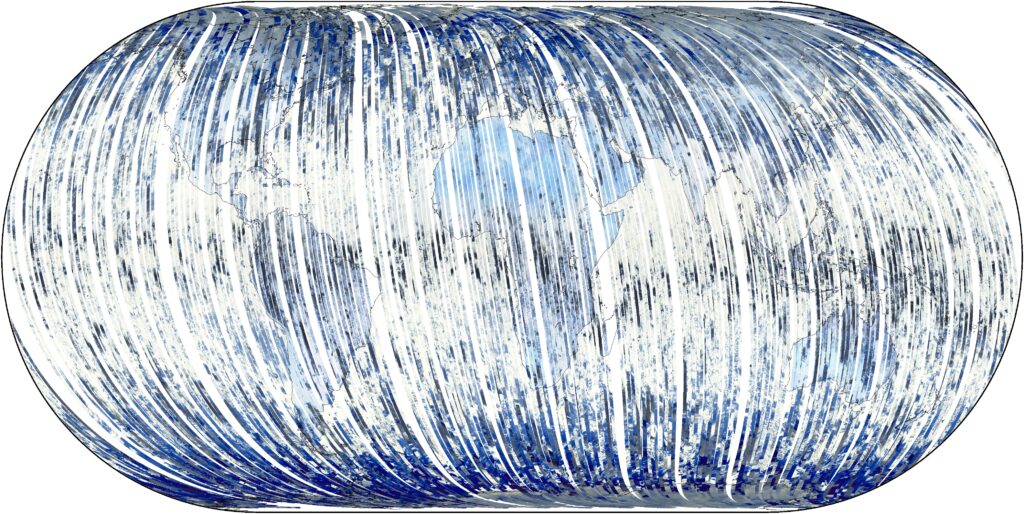
X-ray telescope XRISM officially starts observations
The Japanese X-ray telescope XRISM has officially started its nominal phase of operations. After its launch on September 7th 2023, XRISM went through a series of checks in the commissioning phase, which is now completed. To mark this milestone, new images have been released to the public. SRON has contributed the filter wheel including calibration source to the Resolve instrument.

NOVA expands Mobile Planetarium project – SRON dome officially inaugurated
On Sunday 3 March 2024, the third mobile planetarium of the Netherlands Research School for Astronomy (NOVA) was officially inaugurated – the SRON planetarium. This took place at the alumni day of the IMC Weekend School at Nyenrode Business University in Breukelen. The event also marked the start of a project to use the inflatable stars to reach more children in socio-economically disadvantaged and rural neighbourhoods.
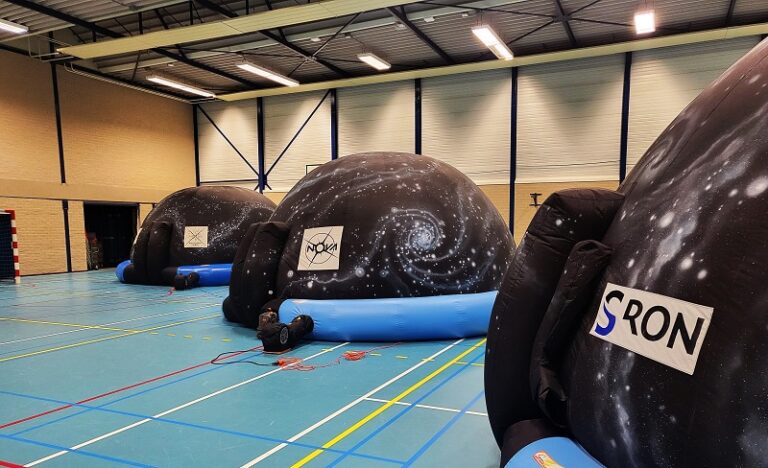
Balloon Telescope GUSTO lands on Antarctica after record-breaking flight
After a record-breaking 57 days, 7 hours and 38 minutes, NASA’s balloon telescope GUSTO completed its flight above Antarctica by landing on the ice by parachute. The mission was designed to last 55 days. GUSTO has observed atomic clouds in our own galaxy and its nearest neighbor with far-infrared cameras, developed by SRON and TU Delft.
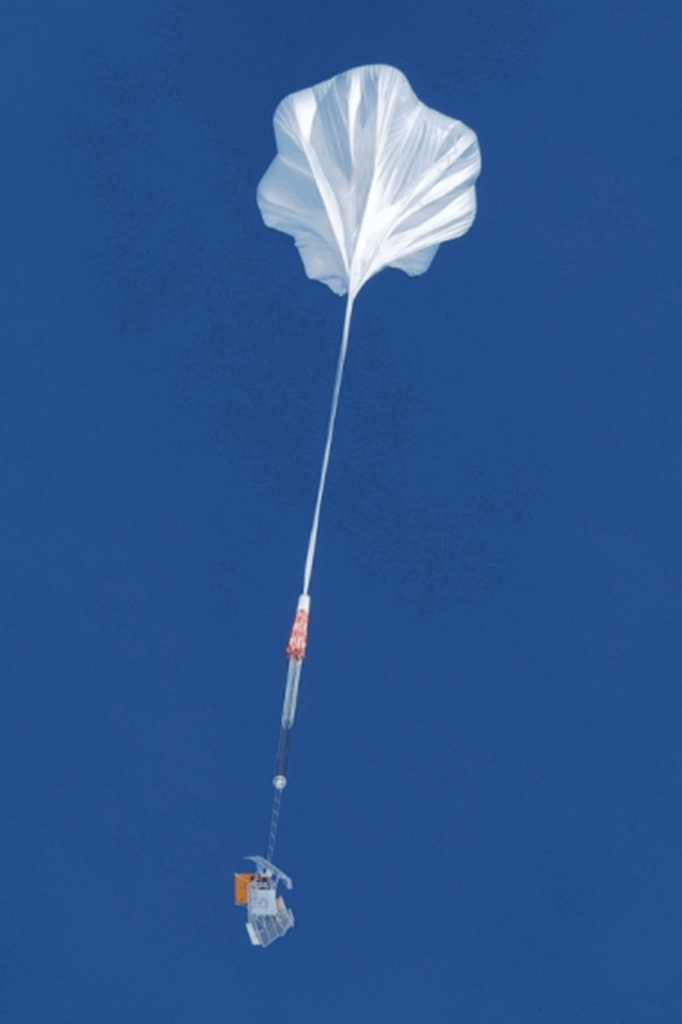
Two NWO-GO grants for aerosol research with PACE satellite
SRON scientists Otto Hasekamp and Bastiaan van Diedenhoven have both received an NWO-GO grant for research on aerosols in the Earth’s atmosphere. They will use data from NASA’s PACE climate satellite, that was launched on February 8th 2024 including the Dutch aerosol instrument SPEXone onboard.
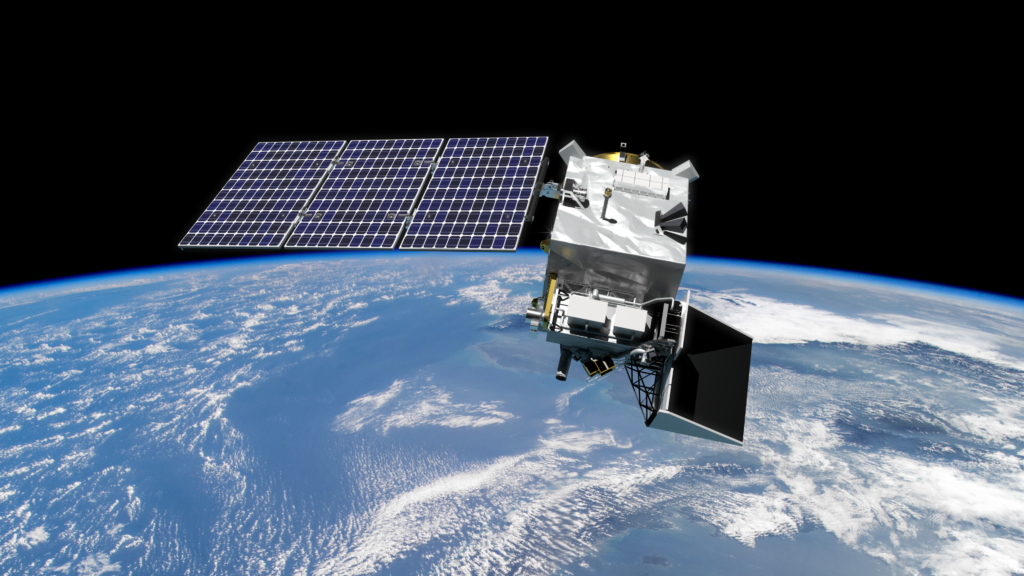
ESA selects Dutch satellite system for local emission monitoring
The European Space Agency (ESA) has given the green light for the realization of the Dutch TANGO satellites. TANGO measures greenhouse gas emissions at source level from power plants, coal mines, landfills and factories, among others. Its Dutch predecessor TROPOMI has already been monitoring the greenhouse gas methane worldwide since 2017 and can map about 5% of emission sources. Its successor TANGO will be able to monitor sources responsible for around 75% global emissions of methane. Moreover, TANGO measures emissions of CO2, the gas that accounts for the largest output of greenhouse gas emissions worldwide. The satellites are being developed by the Dutch parties ISISPACE, TNO, SRON and KNMI. TANGO is expected to be ready for launch from early 2027.
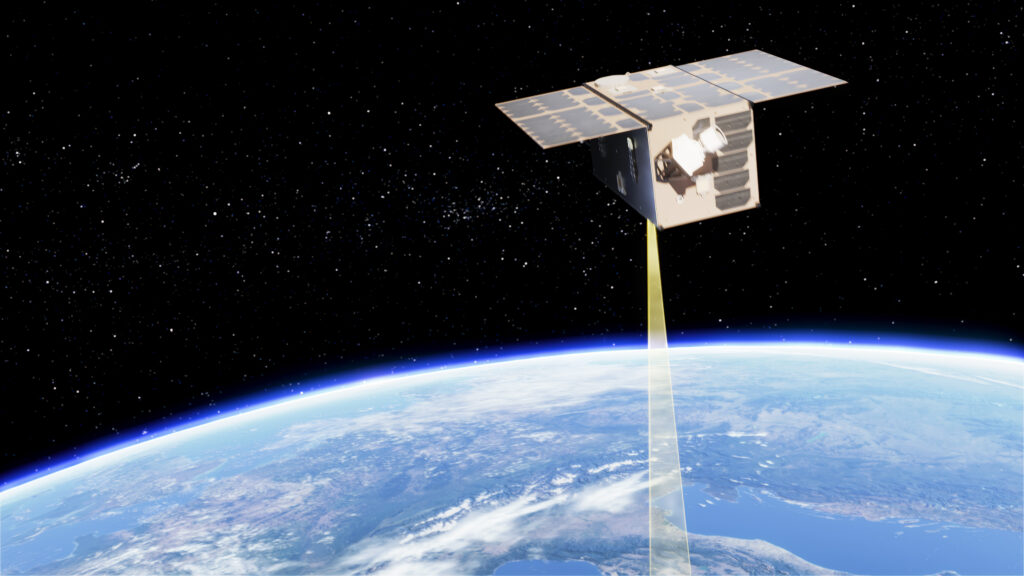
NASA launches climate satellite with Dutch aerosol instrument
NASA’s climate satellite PACE was successfully launched from Cape Canaveral in the early morning of February 8th 2024. PACE will perform measurements on aerosols, plankton and ocean color. Aerosols are a large unknown factor in climate models. The Dutch instrument SPEXone will change this through measurements of aerosols in the atmosphere. SPEXone was built by SRON and Airbus Netherlands B.V., with support from TNO.
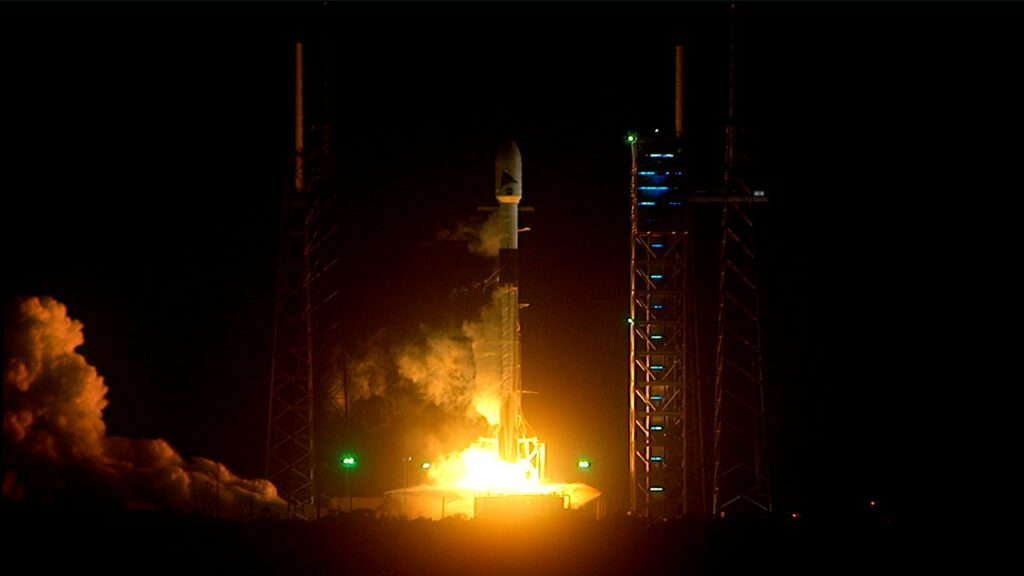
Gravitational wave detector LISA officially adopted as ESA space mission
The Laser Interferometer Space Antenna (LISA) opens up a new part of the gravitational wave spectrum as the first space-based detector. It is now officially adopted by the European Space Agency (ESA) as one of its large class missions. Launch is scheduled for the mid-2030s. The Netherlands plays a large role in the development of hardware and software.
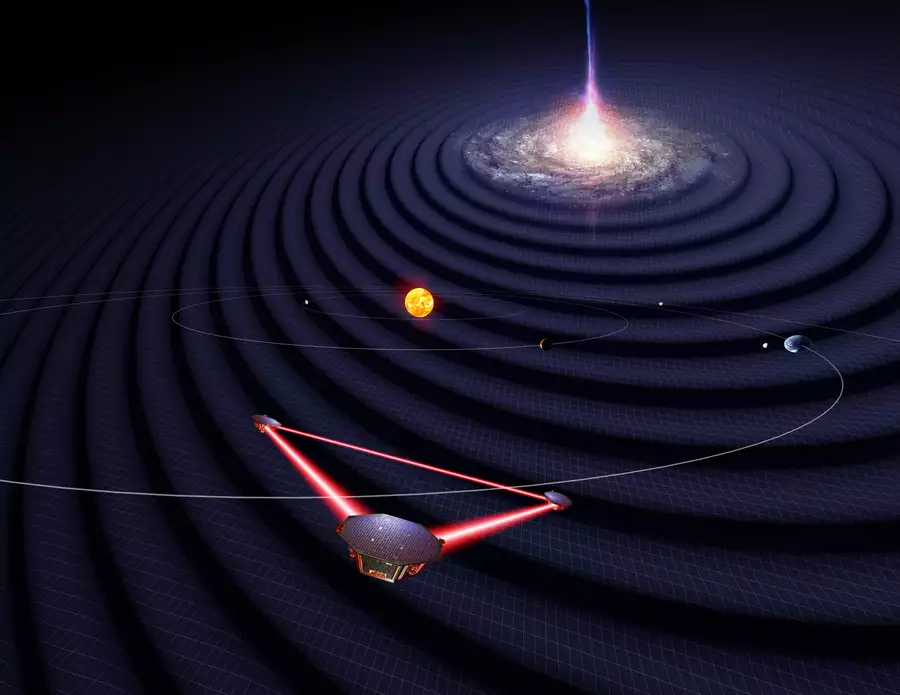
First XRISM images released
With the release of its first two images, JAXA’s X-ray telescope XRISM has officially reached the milestone of First Light. The images show the galaxy cluster Abell 2319 and supernova remnant N132D, demonstrating XRISM’s large field-of-view and high spectral resolution. SRON has developed the filter wheel and an X-ray source used to calibrate the energy scale of the Resolve instrument.
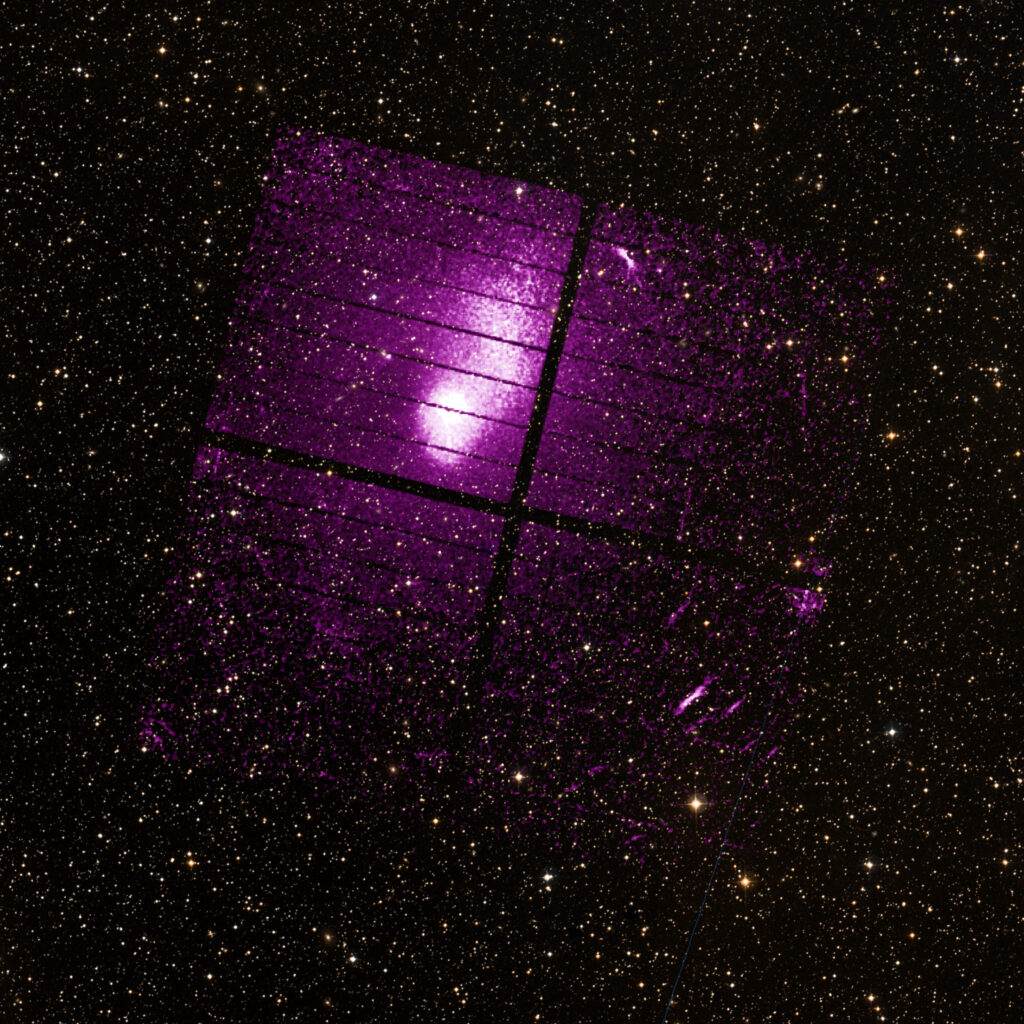
Balloon telescope GUSTO launched from Antarctica
NASA’s GUSTO balloon telescope has launched from Antarctica on December 31st. The far-infrared observatory carries out the first large-scale survey with velocity-resolved imaging of the spectral lines emitted by three cosmic elements between stars. GUSTO is equipped with three 8-pixel cameras. SRON and TU Delft made one of those and contributed to the other two.

Michael Wise appointed for second term as SRON director
NWO-I has appointed Michael Wise for a second five-year term as director of SRON. During his first five years, Wise has led the relocation of SRON’s headquarters from Utrecht to Leiden and several space missions came to fruition.
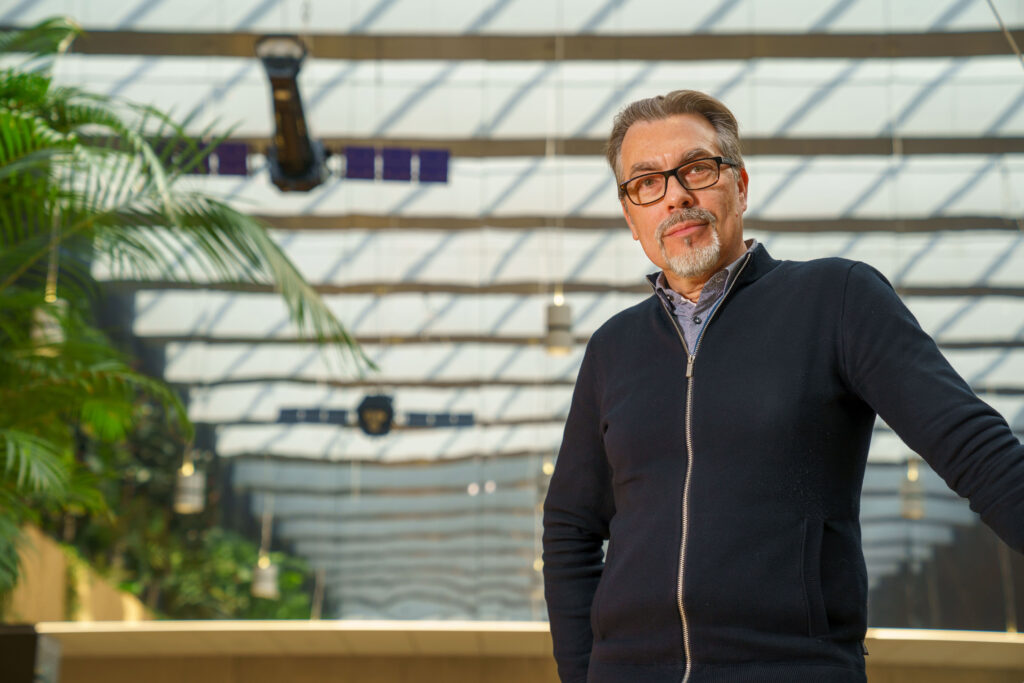
‘Netherlands can now make a large difference: measuring methane to local scale’
The Netherlands is now able to make a big impact on the inventory of the greenhouse gas methane released into the atmosphere by humans. And consequently, in the understanding of where we can most rapidly address this worldwide. Atmospheric scientist Jochen Landgraf, principal investigator for the TANGO mission, knows what we need to do, why now is the time, and why especially the Netherlands should do it now.

Planet found that is too large for its parent star
The discovery of a planet that is far too large for its sun defies models of solar system and planet formation. In an article published in Science, researchers report the discovery of a planet over thirteen times as heavy as Earth orbiting the ultra-cool dwarf star LHS 3154, which is nine times less massive than the Sun. The mass ratio of the newly discovered planet and its parent star is more than a hundred times higher than that of Earth and the Sun. One of the authors is Yamila Miguel (SRON/Leiden Observatory).
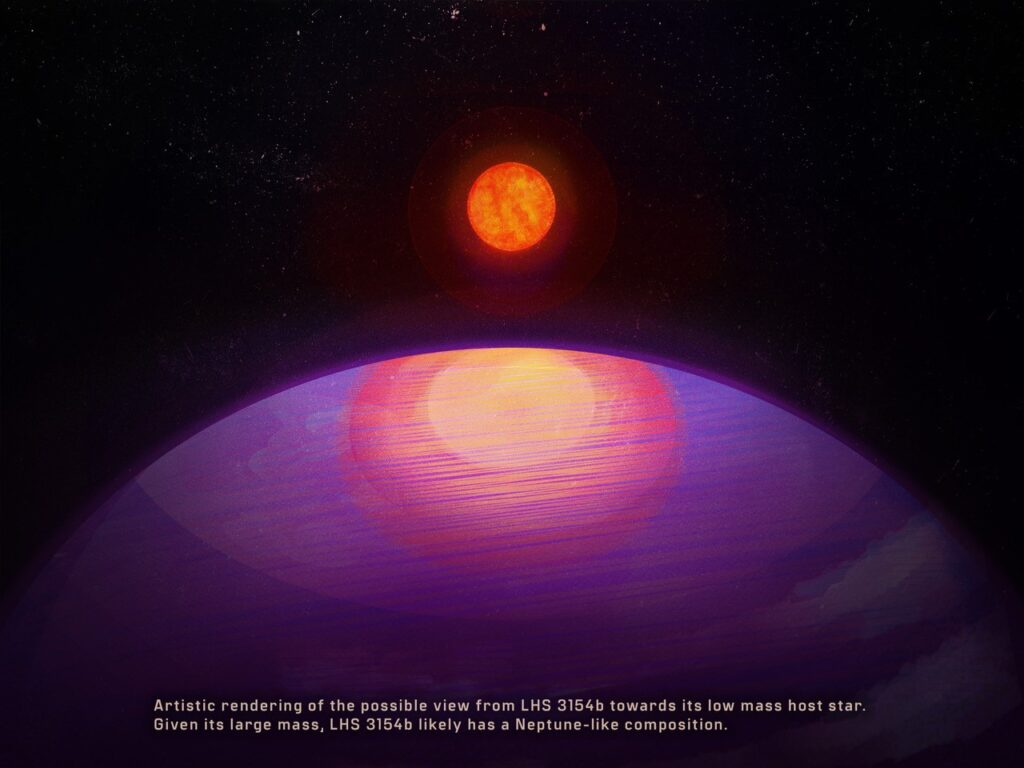
COP28: Global projects for landfill methane reduction with satellite monitoring
During COP28 in Dubai, several projects will be launched to combat methane emissions from landfills worldwide. SRON Netherlands Institute for Space Research and GHGSat play a key role by scanning the entire globe every day with the Dutch satellite instrument TROPOMI and zooming in with GHGSat satellites.
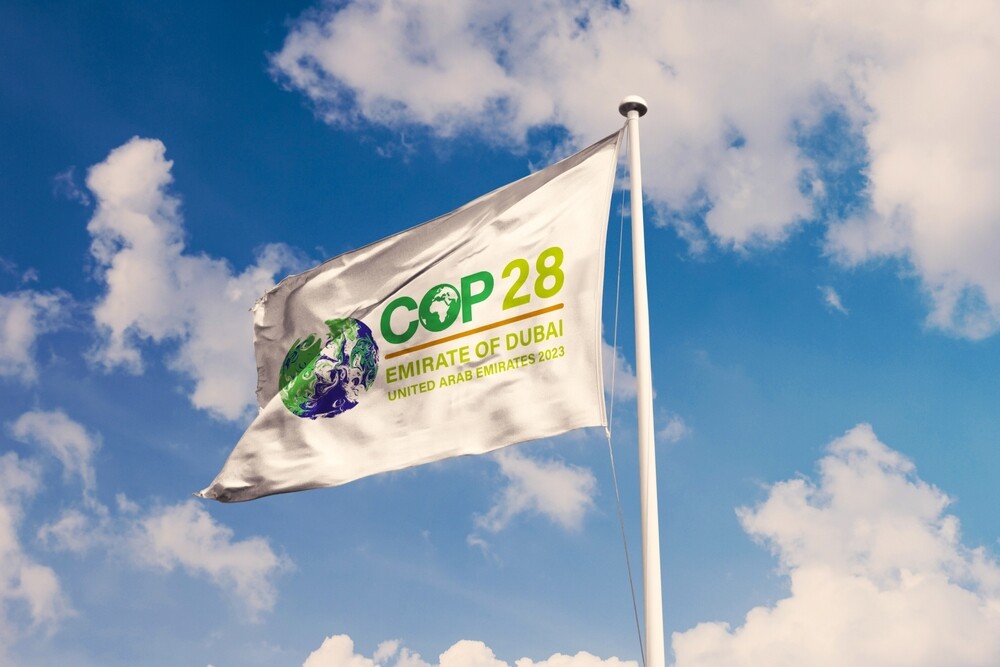
Researchers call for Dutch leading role in global methane monitoring
At COP28 in Dubai, countries are looking to reach new agreements to reduce emissions. This requires the identification of emission sources. The Netherlands has extensive experience in emission monitoring from space. Researchers from SRON, KNMI, TNO and TU Delft see huge methane plumes over landfills and fossil fuel installations with their current space instrument TROPOMI. They are now jointly advocating for the Netherlands to take a leading role in identifying more of this low-hanging fruit worldwide. ‘We have all the necessary knowledge. The Netherlands has a unique opportunity to lead the world in monitoring methane, but that requires long-term commitment.’

James Webb discovers sand clouds on “cotton candy planet” WASP-107b
An international team of astronomers, co-led by Michiel Min (SRON), has discovered a silicate-based weather system on a fluffy gas planet around the star WASP-107. It is the first time that scientists find clouds and rain made of sand. They also conclude that the temperature deeper in the atmosphere is rising surprisingly rapid. Publication in Nature.

Ammonia indicator for planet formation history
A group of scientists, including Michiel Min (SRON), have for the first time observed ammonia isotopologues in the atmosphere of a celestial body. They used the James Webb Space Telescope. It gives astronomers new tools to deduce how gas giants are formed. Publication in Nature.
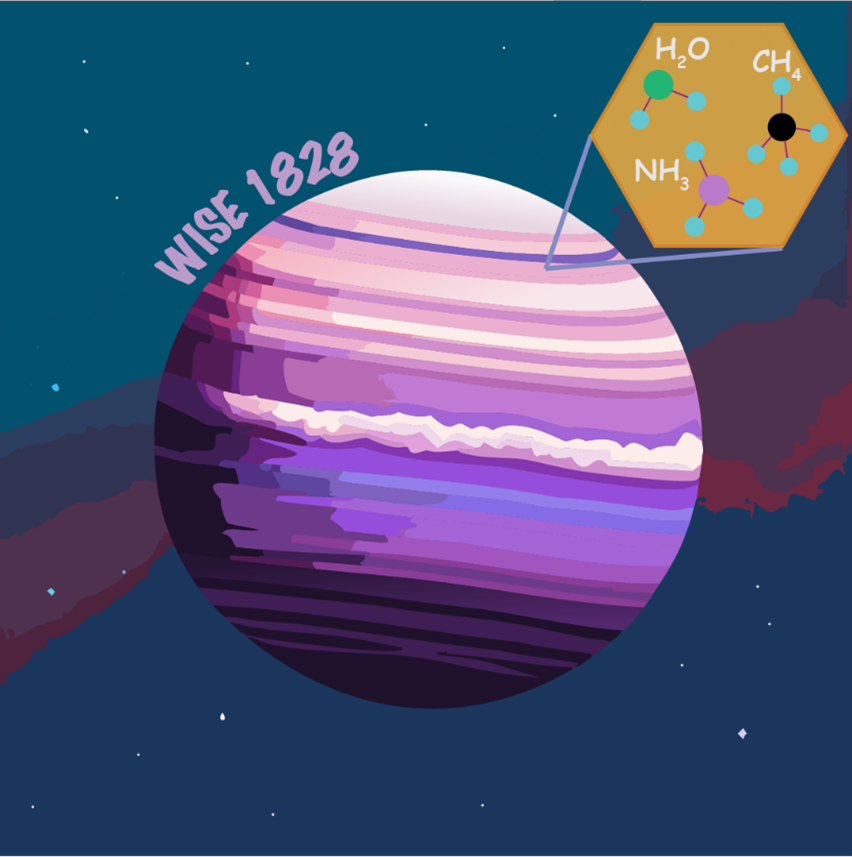
The Netherlands signs NASA agreements for effective cooperation in space
The Netherlands joins the countries that endorse the values and principles in the Artemis Accords drawn up by NASA. Director of the Dutch space agency NSO, Harm van de Wetering, therefore put his signature to the document this morning in Washington, in the presence of NASA Administrator Bill Nelson, the Dutch Ambassador Birgitta Tazelaar and Michael Wise as director of SRON—the national expertise institute which advises the Dutch government and coordinates national contributions to international space missions.
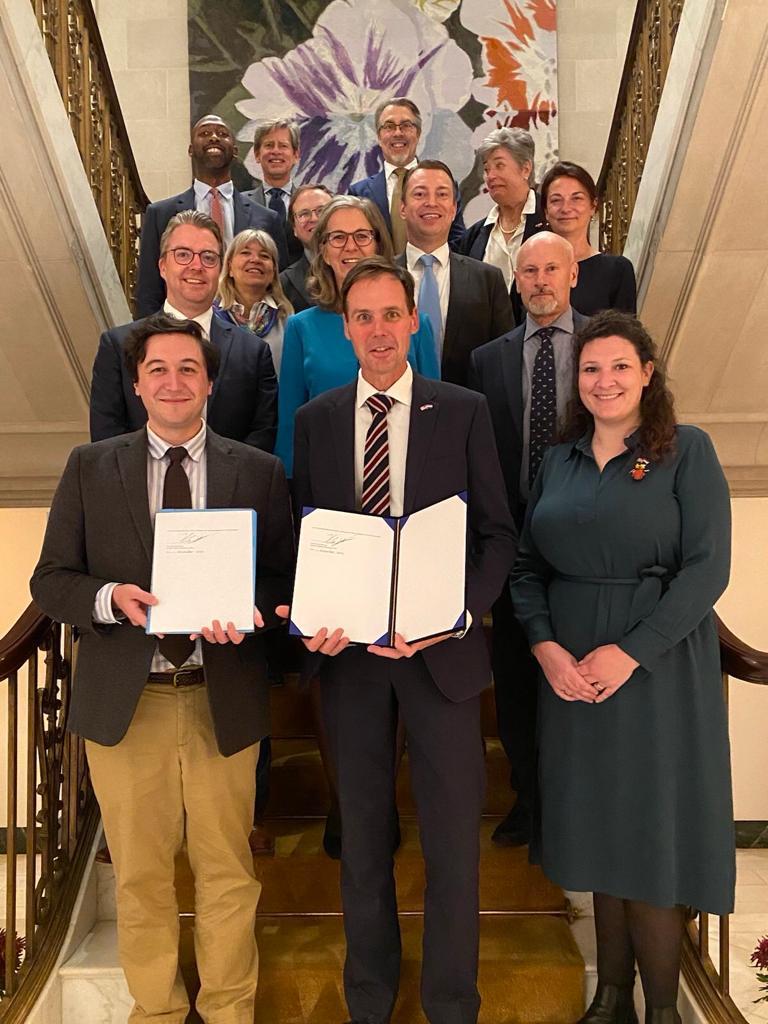
GUSTO arrived on Antarctica
NASA’s GUSTO balloon observatory has arrived on Antarctica onboard the Wallops C-130 airplane. It is scheduled for launch around the 15th of December. GUSTO is equipped with three 8-pixel far-infrared cameras delivered by SRON and TU Delft and will carry out the first large-scale survey with velocity-resolved imaging of the spectral lines emitted by three cosmic elements between stars.
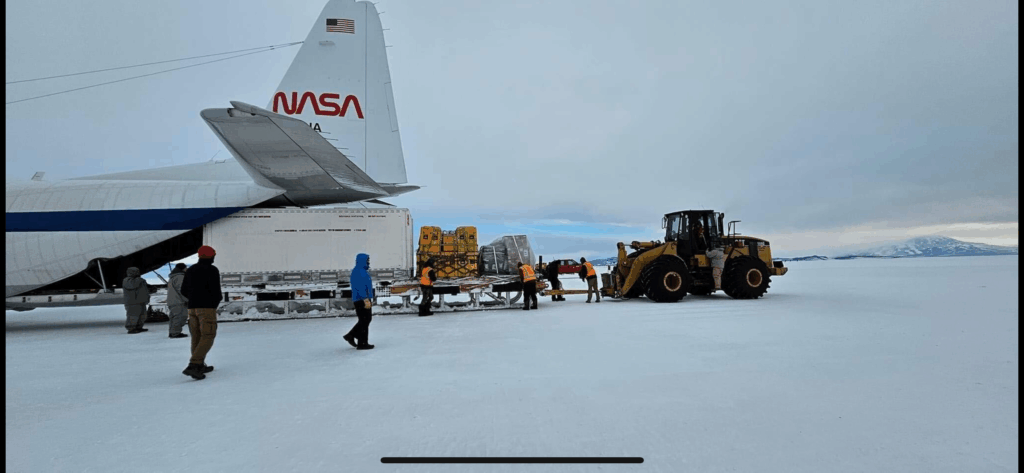
Resolve instrument XRISM tested after launch: all lights are green
After lift-off on September 7th 2023, the X-ray space telescope XRISM goes through various tests to check whether all parts have survived the launch. All detector elements of the Resolve instrument, which SRON has contributed to, have now picked up X-rays from the calibration source. They achieve an energy resolution better than 5 eV.

Methane super-emitters revealed weekly using satellites and machine learning
The Dutch space instrument TROPOMI provides daily global methane concentration maps. Methane is responsible for about a quarter of present-day global warming. Some individual sources leak large amounts of methane, making them the low-hanging fruit in the fight against climate change. SRON researchers now successfully detect those methane plumes using machine learning (AI). The identified methane super-emitters combined have a larger climate impact than all Dutch greenhouse gas emissions.

X-ray telescope XRISM successfully launched
The XRISM X-ray telescope is successfully launched on the early morning of September 7th from Tanegashima Space Center in Japan onboard a JAXA H-IIA rocket. SRON Netherlands Institute for Space Research is part of the consortium and has developed the filter wheel including calibration system.
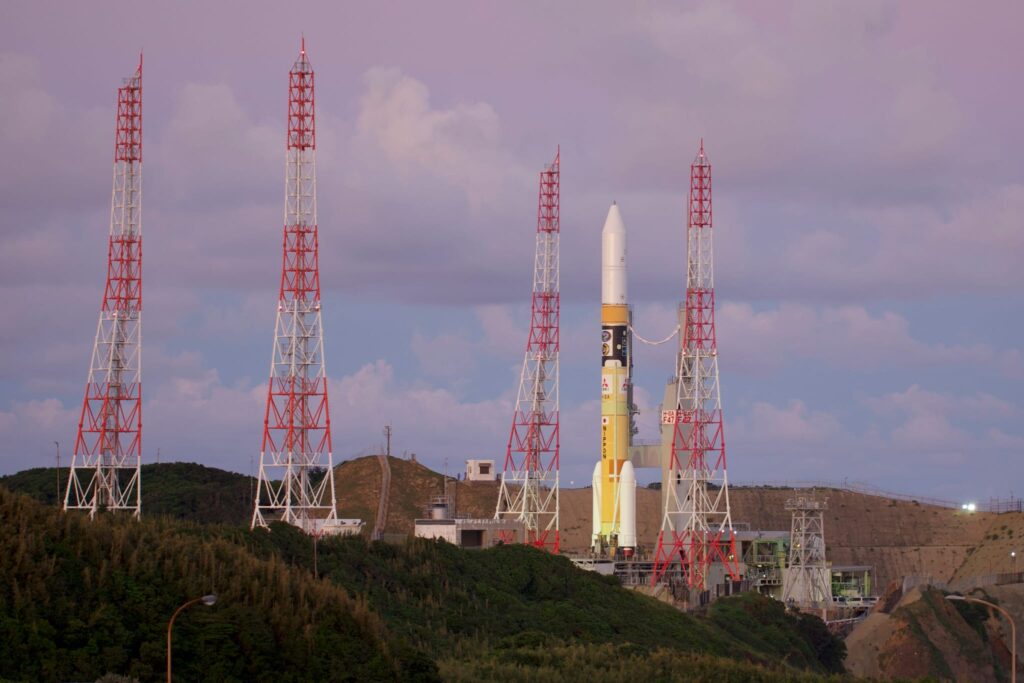
Satellite observations African cities: carbon monoxide emissions deviate from inventories
Carbon monoxide (CO) is released during incomplete combustion and plays an important role in air pollution. It can also serve as a tracer for CO2, which is difficult to measure directly. Researchers from SRON and TNO are now using satellite data to map local CO emissions from African cities. These turn out to differ from commonly used emission inventories. It means that combustion efficiency estimates should be adjusted.
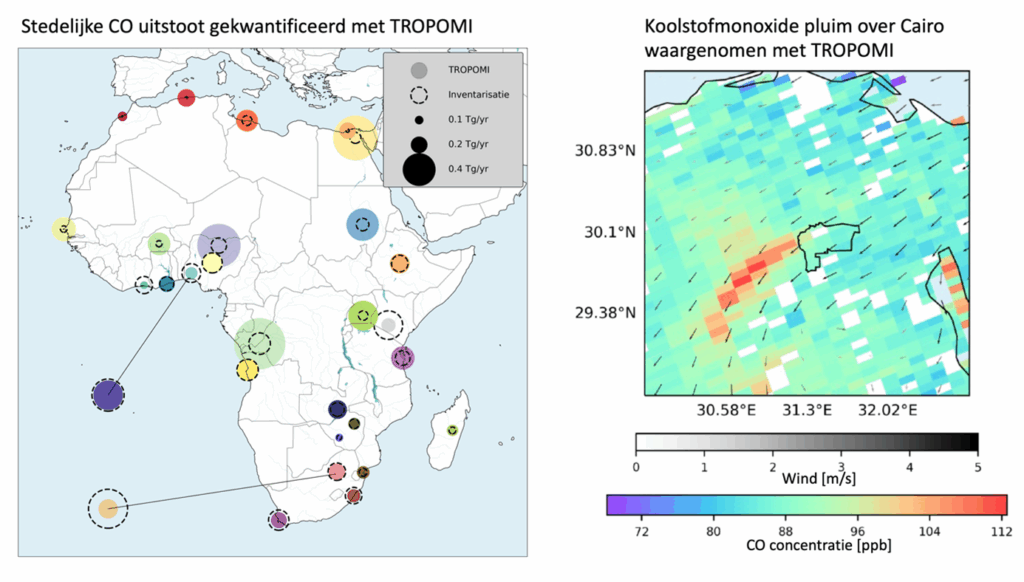
Terri Brandt new head of SRON Astrophysics program
Terri Brandt has made her way from NASA to start as the new head of SRON’s astrophysics program. ‘SRON’s unique triangle of expertise provides us with many possibilities for audacious science.’
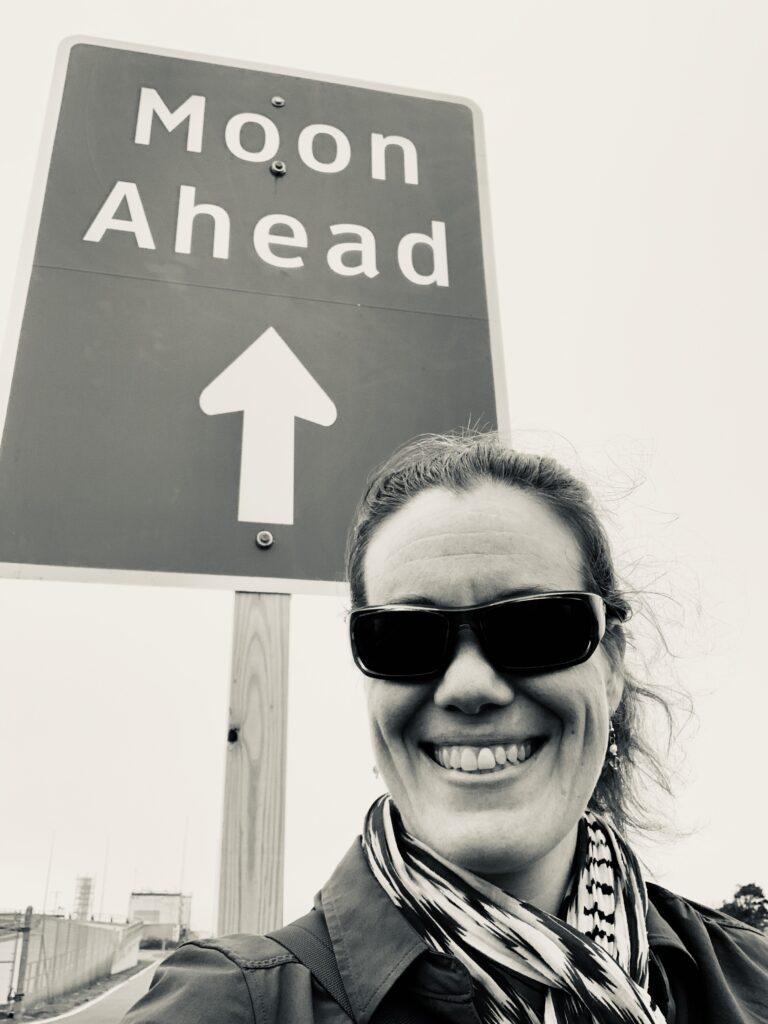
SRON’s Transition Edge Sensors demonstrate potential as axion detectors
SRON scientists have demonstrated the potential of Transition Edge Sensors (TES) for detecting axions. These hypothetical particles have never been observed, perhaps due to the weak signals they produce. Evidence for their existence could point to the origin of dark matter.
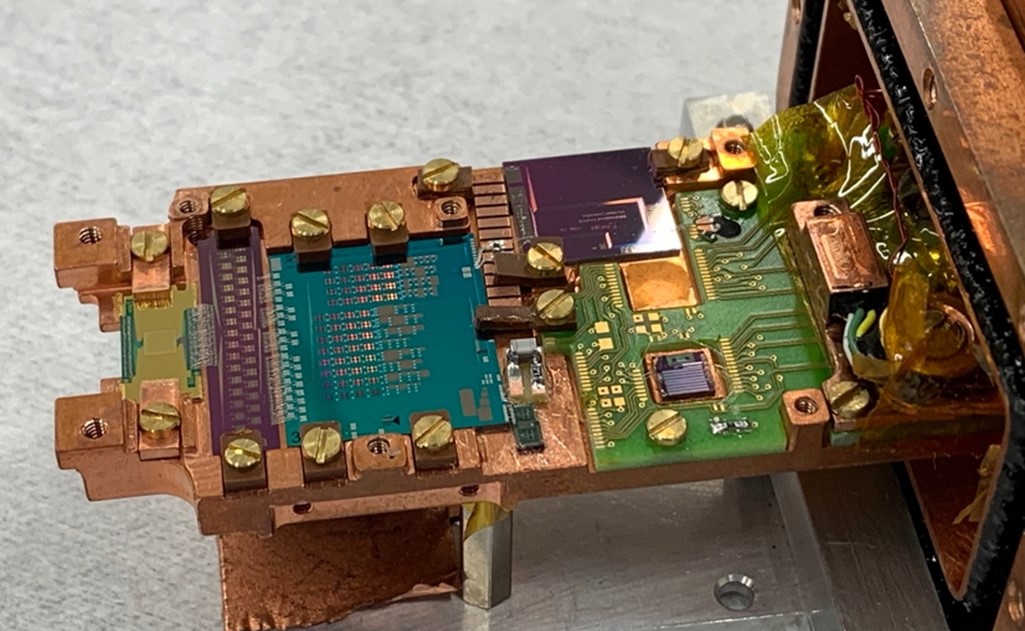
Harvard and SRON join forces to open up TROPOMI data to broader community
SRON is joining forces with Harvard University, who have designed a computing tool for estimating regional methane emissions from TROPOMI data, called the Integrated Methane Inversion (IMI). By automating the process of converting TROPOMI’s observations of methane concentrations into emission values, IMI helps scientists and stakeholders such as national monitoring agencies worldwide to study global methane emissions.
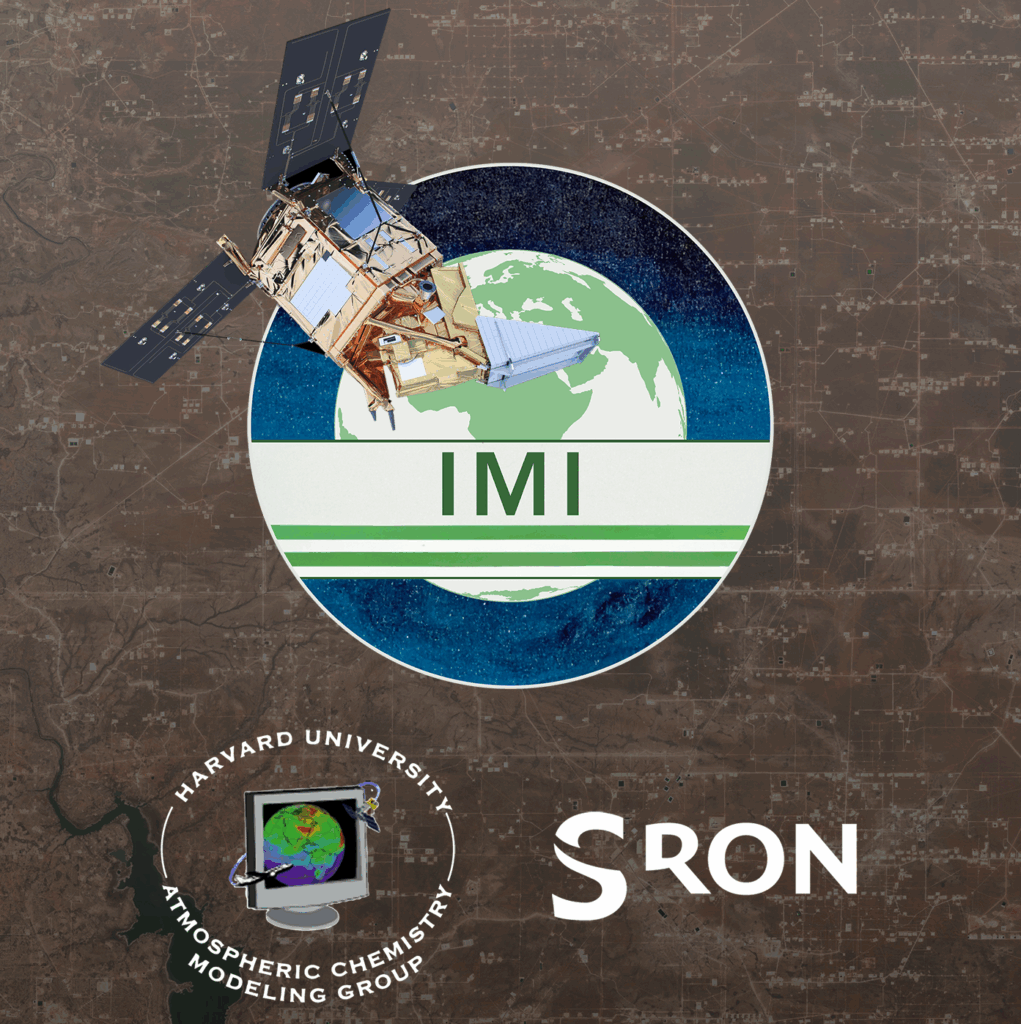
Balloon telescope GUSTO ready for integration with gondola
NASA’s GUSTO balloon telescope has passed its payload pre-shipment review. It will now ship from the University of Arizona to Johns Hopkins Applied Physics Laboratory for the final integration onto a gondola. This means GUSTO is on schedule for launch in December from Antarctica. SRON and TU Delft together developed GUSTO’s three 8-pixel cameras that will observe cosmic material between stars.

Green light for Dutch contribution to LISA
A Dutch consortium led by SRON has received an NWO grant of twelve million Euro, making The Netherlands an important partner within ESA/NASA’s LISA mission—the first space detector for gravitational waves. It also prepares The Netherlands for its role within LISA’s terrestrial cousin—the Einstein Telescope.

New type of bolometer detector for far-infrared telescopes
To study how stars and planets are born we have to look at star cradles hidden in cool clouds of dust. Far-infrared telescopes are able to pierce through those clouds. Conventionally, niobium nitride bolometers are used as the detectors, despite their low operating temperature of 4 Kelvin (-269° Celsius). Now Yuner Gan (SRON/RUG), together with a team of scientists at SRON, TU Delft, Chalmers University and RUG, has developed a new type of bolometer, made of magnesium diboride, with an operating temperature of 20 Kelvin or above. This can significantly reduce the cost, complexity, weight and volume of the space instruments. Publication on 17 February in Journal of Applied Physics.
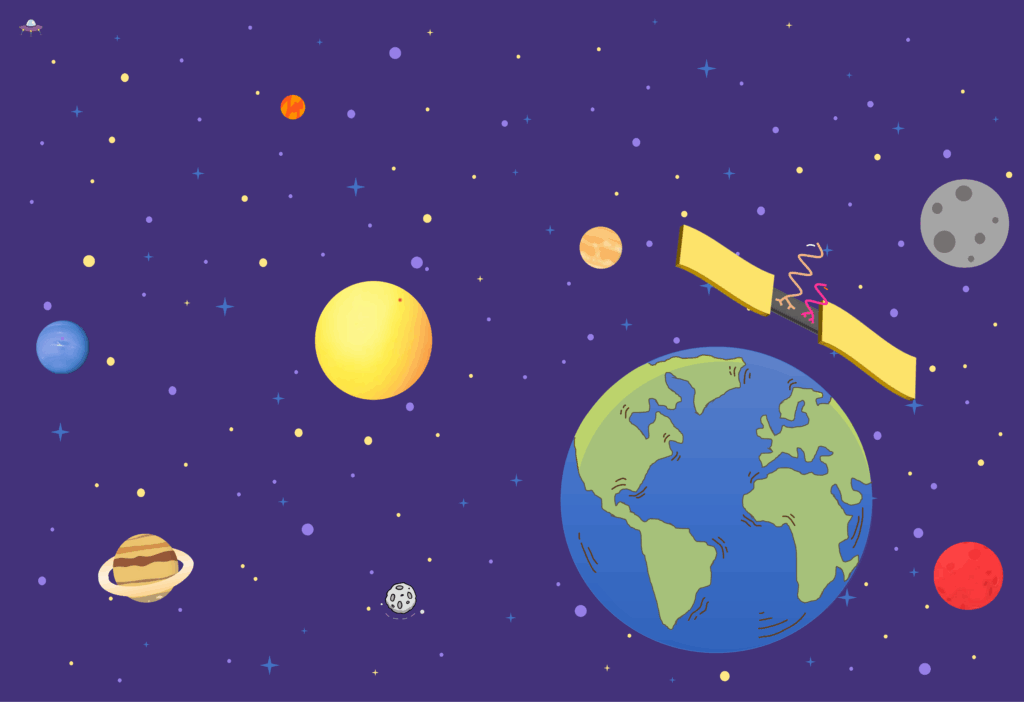
ERC Consolidator Grant for studying interior of giant planets
Planetary researcher Yamila Miguel (SRON/Leiden University) receives an ERC Consolidator grant of two million Euro to study the interior structure of giant planets in our Solar System. She will use data from the Cassini and Juno missions around Saturn and Jupiter, together with the detailed data on exoplanet atmospheres obtained with the recently launched James Webb Space Telescope.
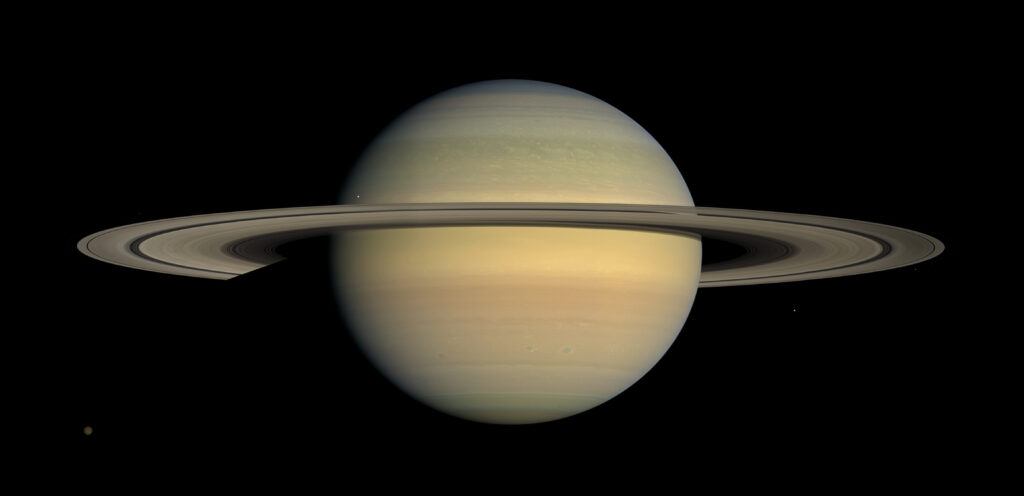
SRON participates in United Nations global methane detection system
Limiting global warming to 1.5 °C requires steep reductions in methane emissions. This powerful greenhouse gas is responsible for a quarter of human-induced global warming and provides a short-term lever on climate change because it remains in the atmosphere for much less time than CO2. Knowing where the largest methane emissions occur is key to successful mitigation.

Far-infrared detector KID reaches highest possible sensitivity
Compared to most wavelengths, astronomy has a blind spot on the far-infrared part of the spectrum. A far-infrared space telescope experiences noise from its own mirror unless it is cooled to a few degrees above absolute zero. In the absence of sensitive detectors, such an expensive observatory has not yet been built, which in turn has slowed down the development of detectors. In 2004, SRON decided to break this vicious circle and invest in the development of Kinetic Inductance Detectors (KIDs). These KIDs now achieve a sensitivity that allows them to detect even the background radiation of the Universe.
Methane satellites find landfills with the same climate impact as several hundred thousand cars
Methane is almost thirty times more powerful as a greenhouse gas than CO2. SRON researchers therefore scan the entire globe for large methane leaks. A landfill in Buenos Aires turns out to emit tens of tons of methane per hour, comparable to the climate impact of one and a half million cars. They also detect large emissions from landfills in India and Pakistan, identifying new low-hanging fruit in the battle against climate change. Publication on August 10th in Science Advances.
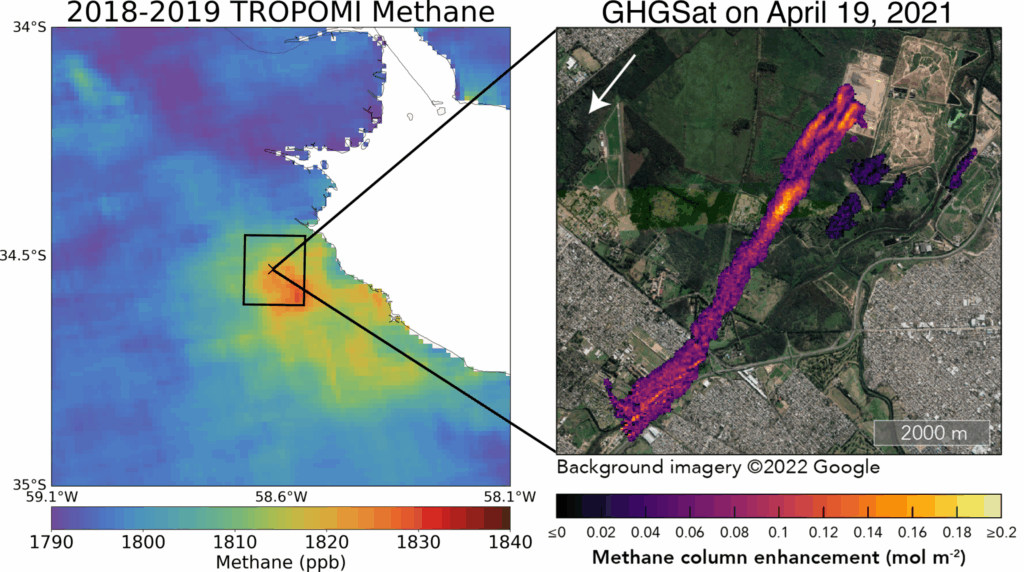
Dutch aerosol instrument SPEXone mounted on NASA’s climate satellite
Over the past few weeks, a group of engineers from SRON, Airbus Netherlands and NASA has been working on installing the Dutch aerosol instrument SPEXone on NASA’s PACE satellite. PACE will conduct measurements on oceans and aerosols to study for example the influence of particulates on the climate. It is scheduled for launch in 2024. On June 23 the last screw is tightened, which officially completes the integration.
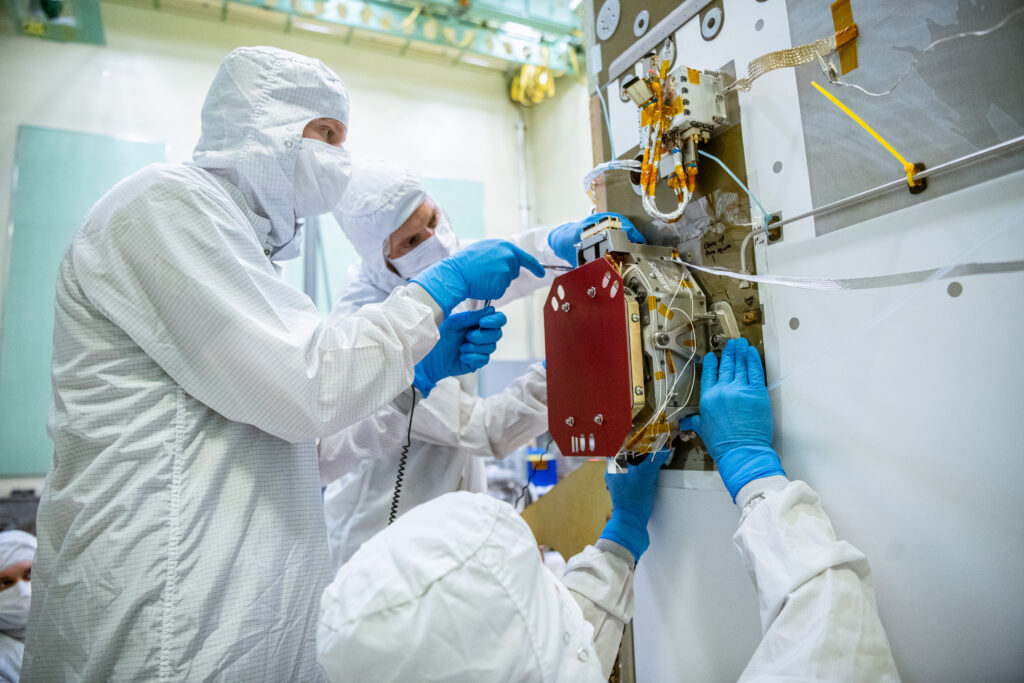
Jupiter turns out to be inhomogeneous; metallicity gives clues about origin
An international team of astronomers, led by Yamila Miguel (SRON/Leiden Observatory), has found that Jupiter’s gaseous envelope doesn’t have a homogeneous distribution. The inner part has more metals than the outer parts, adding up to a total of between 11 and 30 earth masses, meaning 3-9% of Jupiter’s total mass. This is a high enough metallicity to conclude that kilometer-sized bodies—planetesimals—must have played a role in Jupiter’s formation. Publication on June 8th in Astronomy & Astrophysics.
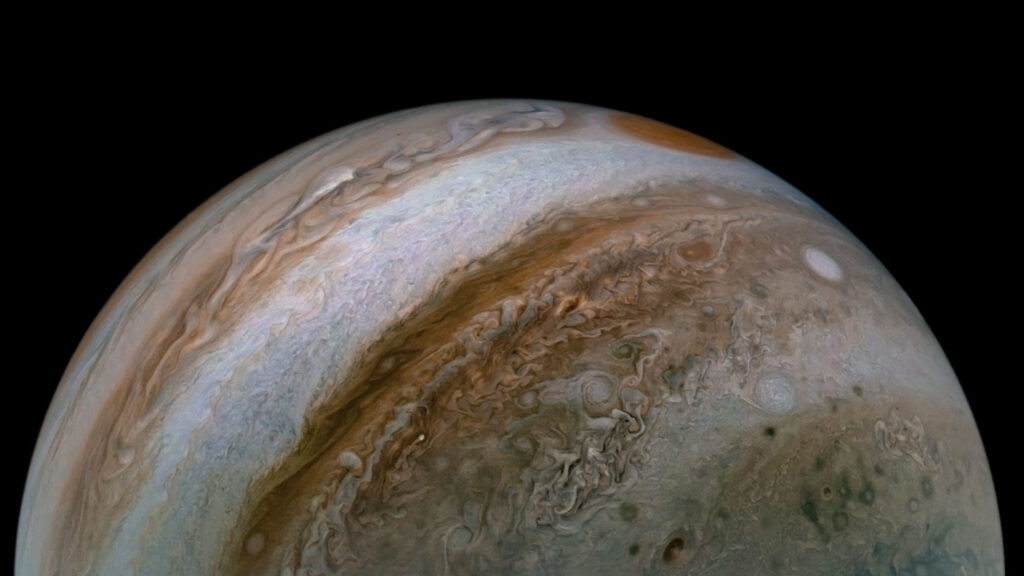
First tests exoplanet hunter Plato in space conditions
Together with its partners, ESA is working on a new exoplanet hunter mission called Plato, to be launched in 2026. Astronomers expect to discover Earth-sized planets within the habitable zone because of Plato’s ability to spot smaller planets in larger orbits than current telescopes. SRON Netherlands Institute of Space Research contributes to the project by testing Plato’s cameras in a custom built space simulator. SRON researchers have finished testing the prototype—all features function as expected. The framework for the cameras is now undergoing a month-long vacuum soak at ESA to evaluate its endurance under space conditions.
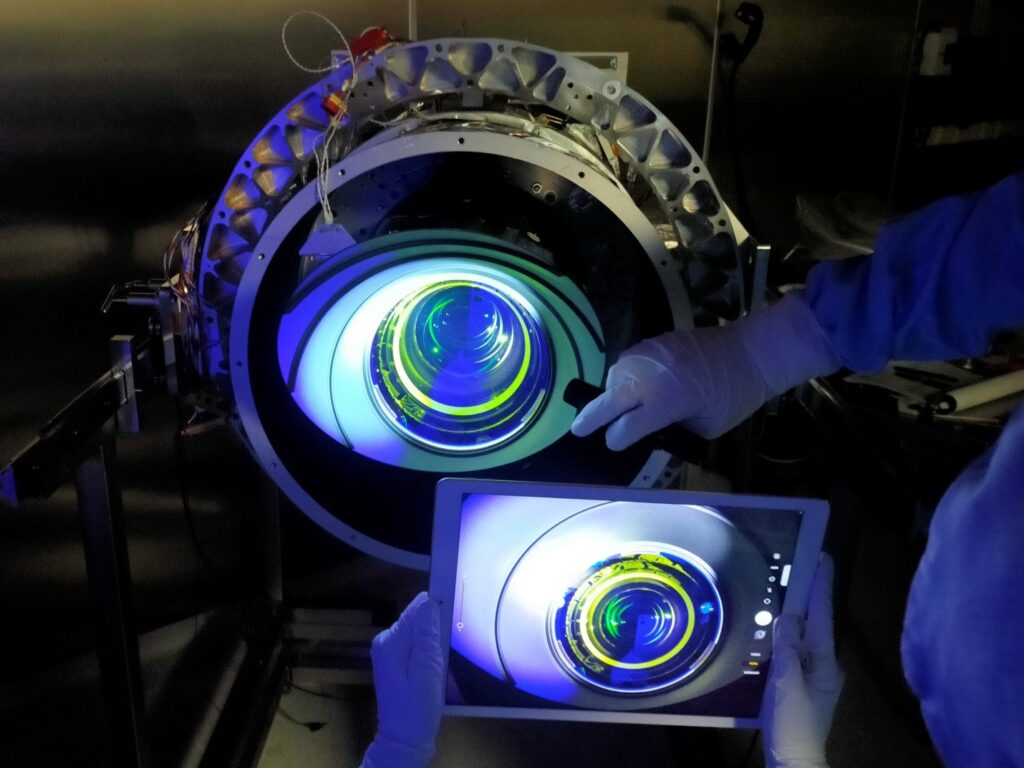
Space dust, asteroids and comets can account for all water on Mercury
Mercury harbors water ice in the shadows of the steepest craters around its poles. But it is unclear how those water molecules ended up on Mercury. Now a new simulation shows that incoming minor bodies such as asteroids, comets and dust particles carry enough water to account for all the ice sheets present. The study could form the basis for new research on water in exoplanetary systems. Publication in Icarus on April 19th.
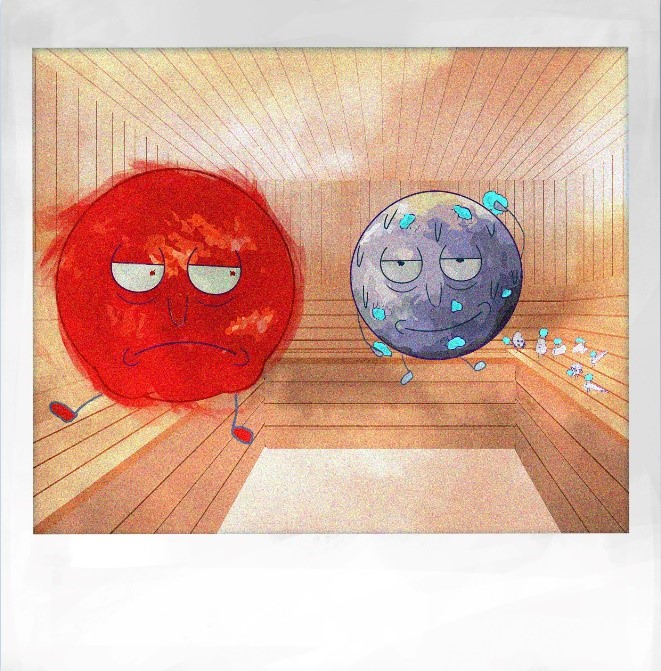
Berend Schuit wins Heinz Stoewer Space Award
Berend Schuit has won the Heinz Stoewer Space Award for his graduation project on methane plumes that he carried out as a student at SRON. The Faculty of Aerospace Engineering at TU Delft presents this award annually to the student whose master’s thesis scored highly in terms of quality and social impact. Schuit built a machine-learning model that automatically identifies methane plumes from data collected by the Dutch space instrument TROPOMI..
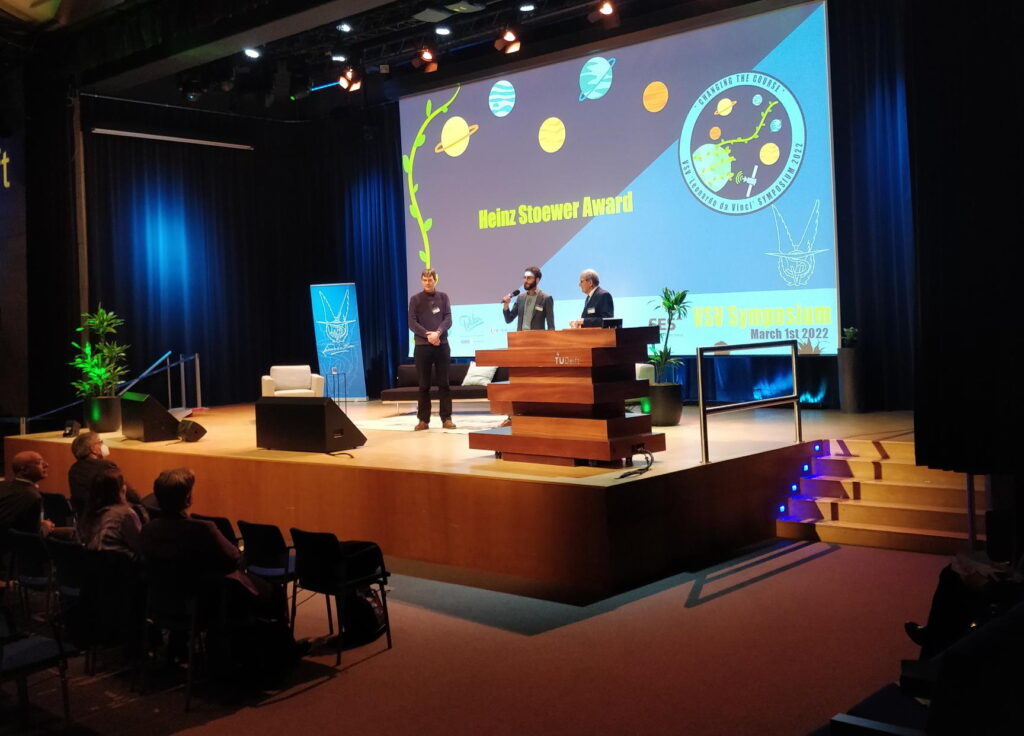
Fast and furious: A shock wave that extends for 6.5 million light years
An international team of astronomers made the most detailed images of the largest cosmic shock wave visible from earth. These gigantic shock waves are much larger than our entire galaxy and they form when clusters of galaxies collide in what are the most energetic events after the Big Bang.
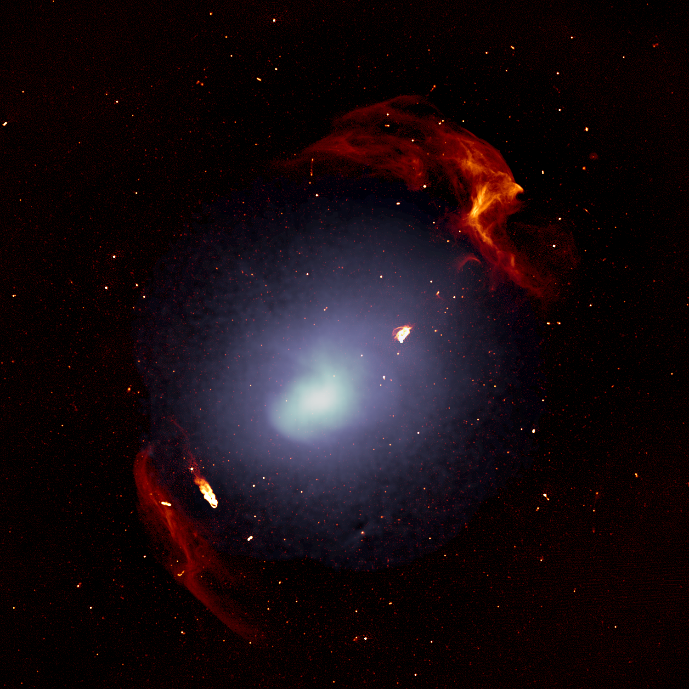
Satellites identify inactive flares as big methane emitters
Using satellite data – including data from the Dutch TROPOMI satellite instrument – a team of climate researches have succeeded in identifying large methane leaks on the west coast of Turkmenistan. In most cases, the emissions originate from inactive flares venting large quantities of methane into the atmosphere.
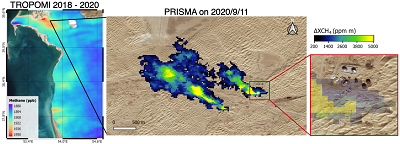
Laatste ontbrekende puzzelstukje van botsingen tussen clusters van sterrenstelsels
Astronomen hebben een model over hoe botsende clusters van sterrenstelsels de verschillende stadia van hun botsing doorlopen, waarbij ze steeds een nieuwe vorm aannemen. Een stompe vorm verandert in een scherpe kegel, die weer transformeert tot de vorm van een tong. Die eerste en die laatste zijn al vele malen waargenomen, maar de scherpe kegel ontbrak nog. Tot nu. Publicatie in Astronomy & Astrophysics op 7 december.
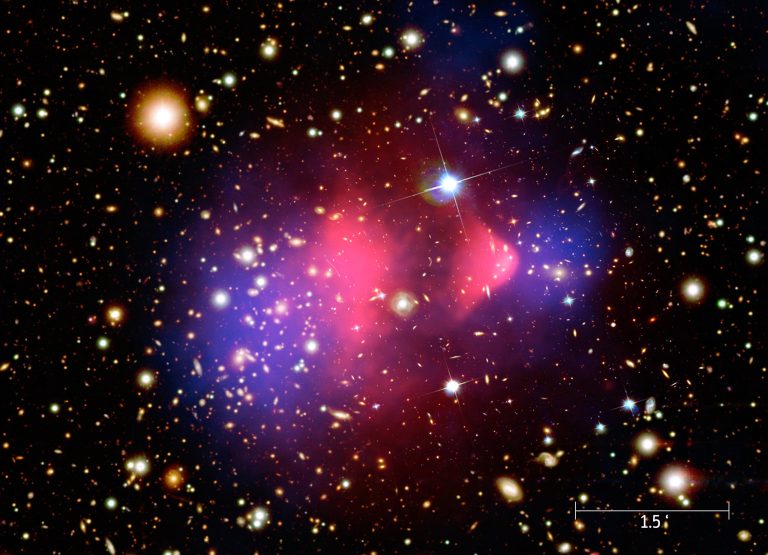
Satellite reveals Australian coal mines emit much more methane than expected based on national reporting
A Dutch group of scientists has used space instrument TROPOMI to calculate methane emissions from six Australian coal mines. Together these account for 7% of the national coal production, but turn out to emit around 55% of what Australia reports for their total coal mining methane emissions.

MKID detectors turn out to have 100 times lower noise
Scientists develop superconducting detectors (MKIDs) to discern the spectrum of exoplanets from their faint glow. Now researchers from SRON and TU Delft see a hundred times lower noise than previously thought. It provides a new fundamental physics insight: the relationship between the number of quasi particles and their lifetime vanishes. Publication in Physical Review B.
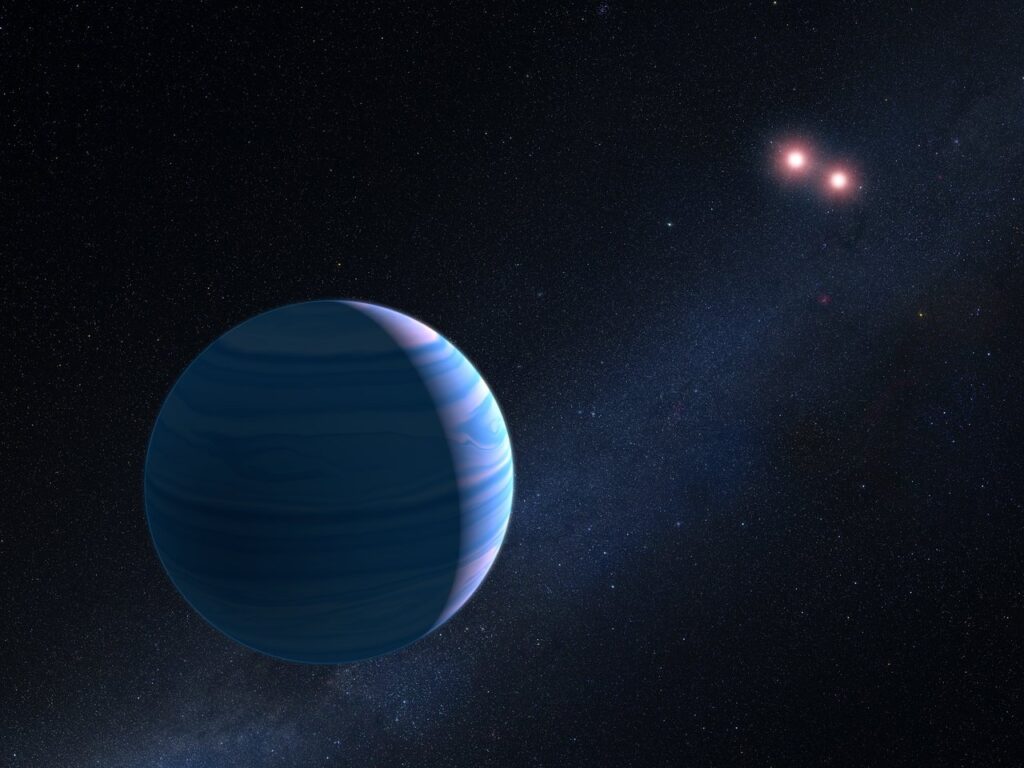
Bolometers operate at higher temperatures using new superconducting material
Receivers combining a superconducting hot electron bolometer (HEB) with a reference oscillator are the work horses of supra-terahertz astronomy, observing for example star formation and galaxy evolution. Until now, mainly niobium nitride HEBs – that have to be operated at low temperatures of 4 Kelvin – have been selected for space and balloon borne telescopes. A team of scientists at SRON, TU Delft, Chalmers University and RUG have now demonstrated a HEB based on magnesium diboride, a new superconducting material, which not only can simultaneously detect more spectral lines, but can also be operated around 20 Kelvin. The latter can significantly reduce the cost, weight, volume, and required electrical power of space instruments. Publication in Applied Physics Letters.
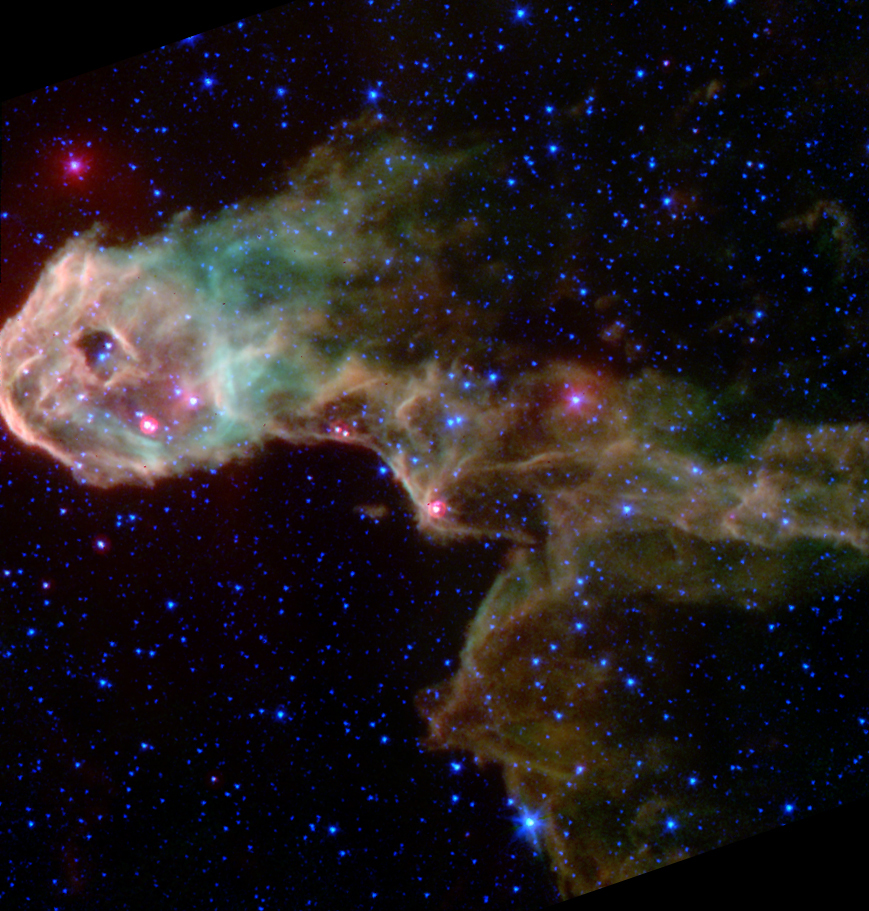
Simultaneous TES readout at level of Athena-like telescopes
SRON scientists have managed to simultaneously read out the signal of 37 TES pixels at a resolution of 2.2 eV for X-rays (6 keV). It is the first time that a simultaneous readout fulfills the requirements for future space telescopes at the level of Athena in terms of both number of pixels and energy resolution. In 2020, SRON already set a world record of 1.3 eV energy resolution for X-rays with TES, but only with a single pixel readout.
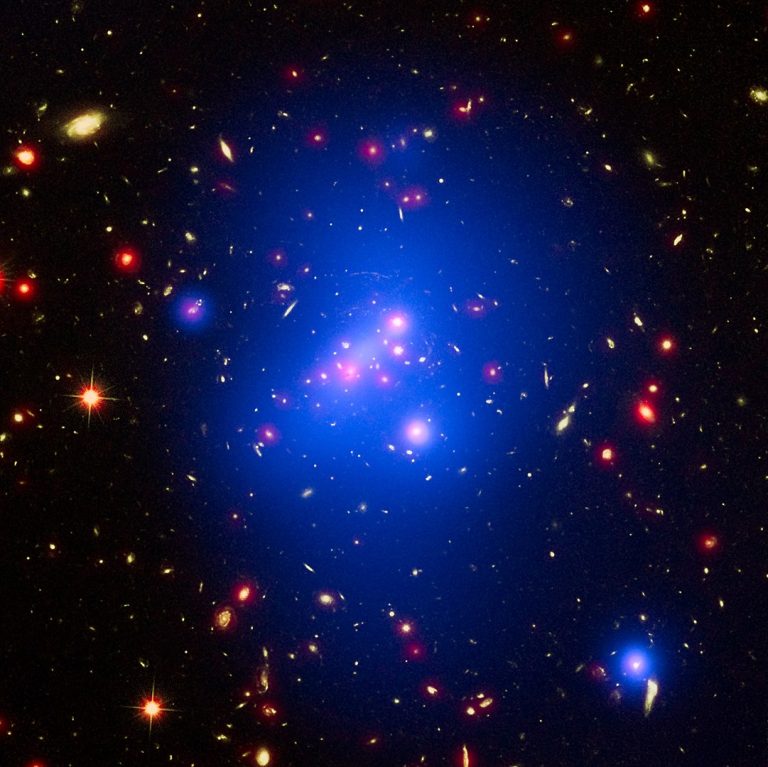
Accuracy limit TES detector less fundamental than assumed
Scientists at SRON Netherlands Institute for Space Research are developing a detection technique (TES) that measures the energy of individual photons, for example in X-rays from the distant universe. Until now, it was assumed that the wiring on the detector chip brings along an inherent whimsicality in accuracy. The research team has now discovered that there is room for improvement after all. Publication in Physical Review Applied.
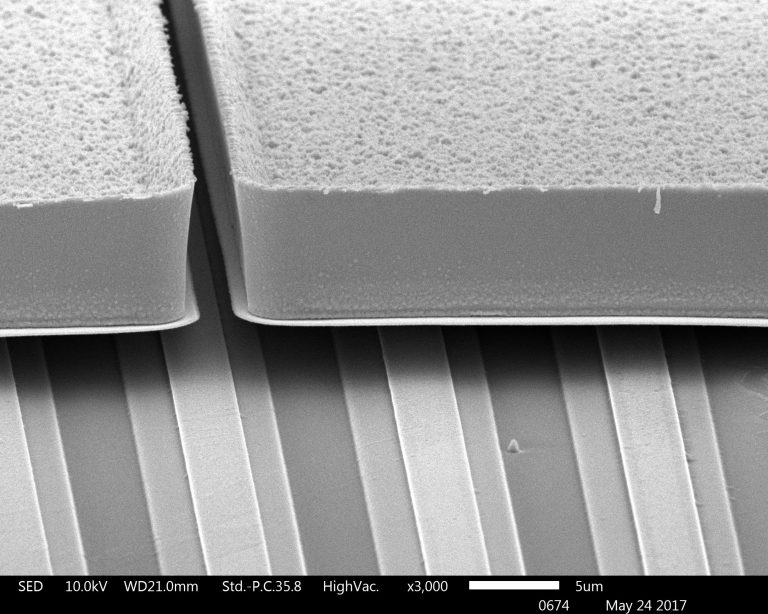
Electron pairs remain stable above superconducting temperature
Scientists have discovered that electron pairs can stay together even when the superconducting state has collapsed. They observed the phenomenon in titanium nitride until up to double the critical temperature. In conventional superconductors, electron pairs and superconductivity go hand in hand. Titanium nitride is used for its superconductive properties in space research for detecting exoplanets. Publication in Science on 29 October.
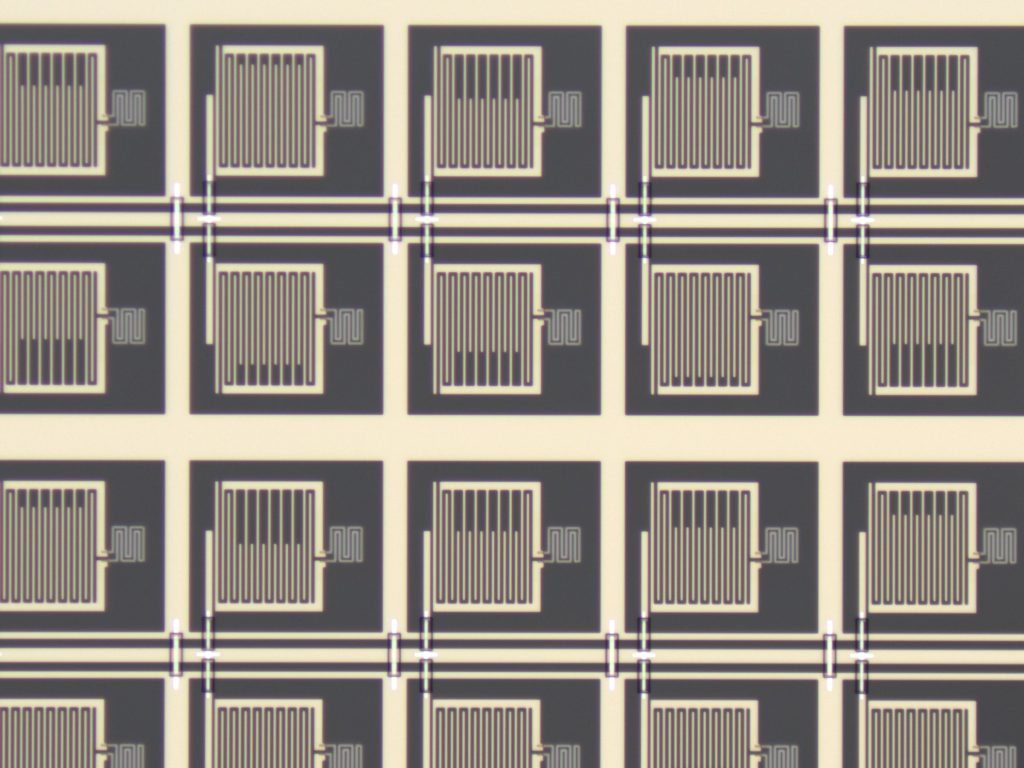
Black holes blow monumental bubbles spanning hundreds of thousands of lightyears
An international team of researchers, including astronomers from ASTRON, SRON and Leiden University has for the first time observed the full extent of the evolution of hot gas produced by an active black hole. Eventually this hot gas encompasses a much larger area than previously thought and impacts objects residing at great distances. Publication in Nature Astronomy.
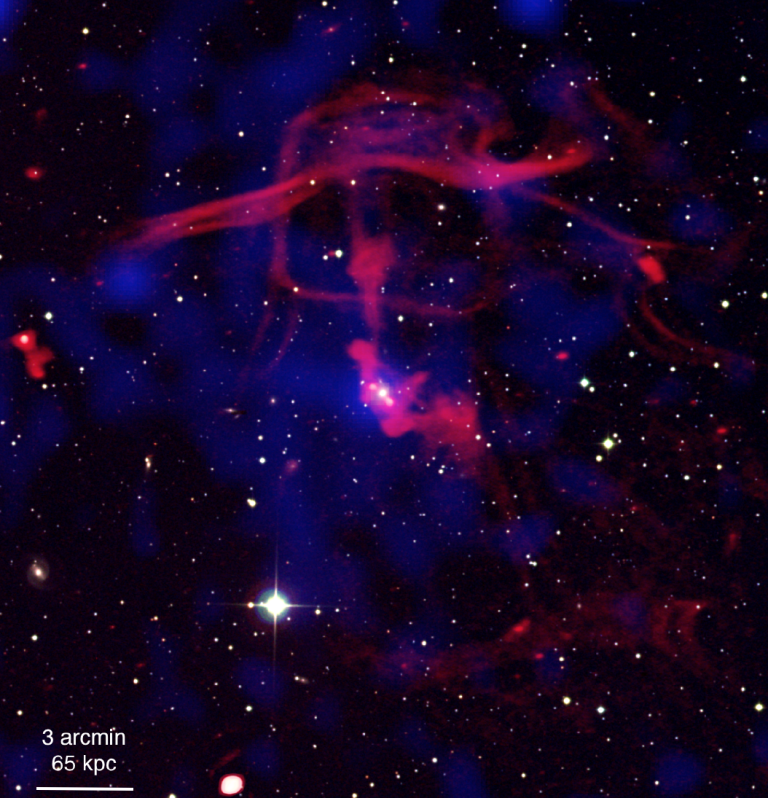
Spectral resolution of superconducting single photon detectors more than doubled
Scientist use superconducting detectors (MKIDs) to capture single photons coming from exoplanets. MKIDs constantly monitor their own kinetic inductance, which changes proportionally to the energy of an incoming photon. SRON researchers have now more than doubled their spectral resolution by re-trapping most of the leaked energy. Publication in Physical Review Applied.
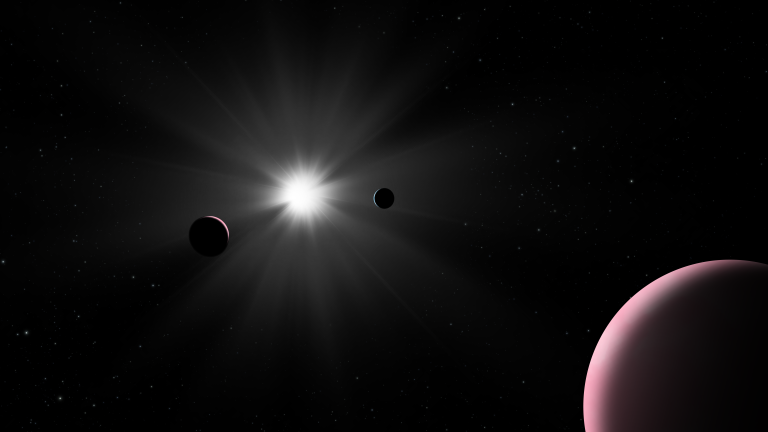
SRON and Nikhef receive ENW-M grant for development LISA photoreceivers
SRON and Nikhef receive an ENW-M grant (€500,000) from NWO for the development of the photoreceivers for the gravitational wave detector LISA. It enables them to further develop the existing prototype towards a final version that meets the strict accuracy requirements. They work together with the Dutch companies BRIGHT Photonics and SMART Photonics to produce a photodiode that is large and noiseless enough to pick up LISA’s laser beams of only one nanoWatt.
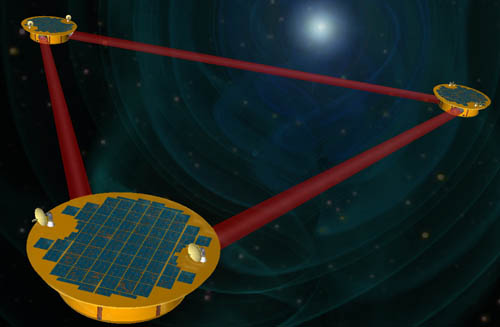
Lack of massive black holes in telescope data is caused by bias
Our telescopes have never detected a black hole more massive than twenty times the mass of the Sun. Nevertheless, we now know of their existence as dozens of those black holes have recently been “heard” to merge via gravitational wave radiation. A team of astronomers led by Peter Jonker (SRON/Radboud) has now discovered that these seemingly disparate results can be explained by biases against massive black holes in conventional telescope observations.
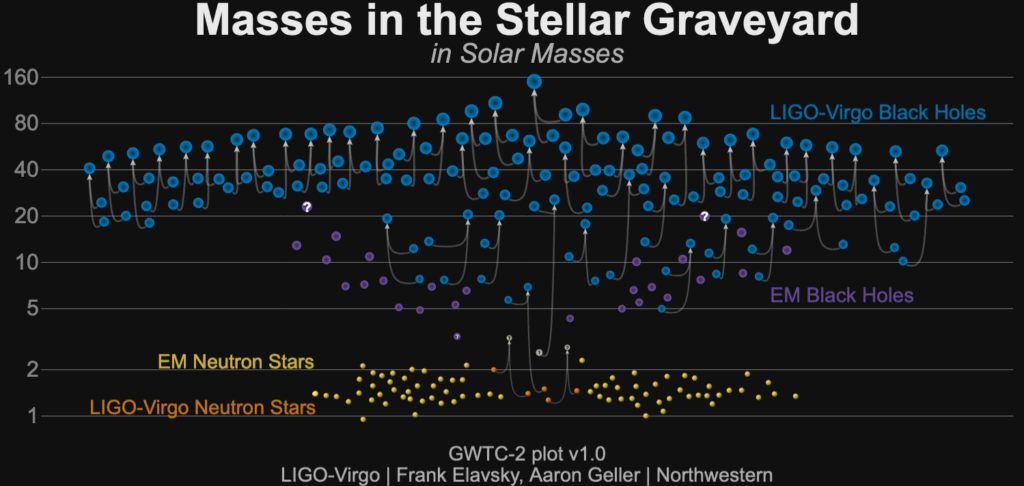
Australian ‘Black Summer’ wildfires produced almost twice as much CO2 as all Australians in a year
The Australian summer of 2019-2020, also known as the ‘Black Summer’, was characterized by a series of devastating wildfires. Researchers from VU Amsterdam, SRON Netherlands Institute for Space Research and KNMI have determined the amount of CO2 released by these fires using satellite data. The wildfires produced nearly twice as much CO2 as Australia’s annual fossil fuel consumption. Publication in Nature.

Astronomers find new clue that heavy stars don’t go supernova
Conventional theory states that light stars like our Sun gently blow off their layers when they die, while heavy stars explode as a supernova. But for some reason, we are so far failing to find supernovae from stars heavier than eighteen solar masses. Now a team led by SRON astronomers finds a new clue that fuels this apparent mystery. Publication in Astrophysical Journal Letters.
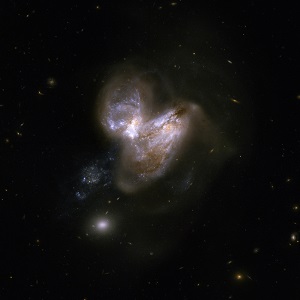
New phase grating technique for NASA’s GUSTO mission
GUSTO, NASA’s stratospheric balloon observatory, will bring the Dutch multi-pixel camera system of SRON and TU Delft to the edge of space. It will perform a large-scale observation of the spectral lines from ionized atoms between the stars of the Milky Way. As an extra hardware contribution, SRON delivers a Fourier phase grating. The technique behind it is now published in Optics Express.
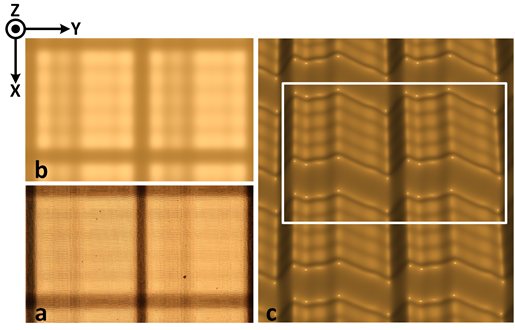
First detection of light from behind a black hole
An international team of astronomers, including Elisa Costantini (SRON), has for the first time observed light from the far side of a black hole. Initially this light, in the form of X-rays, is emitted by a corona surrounding the black hole. A series of strong X-ray flashes from the front was followed by a series of weaker flashes, which the researchers determined are from the back side and reflected off the black hole’s accretion disk. Publication in Nature.
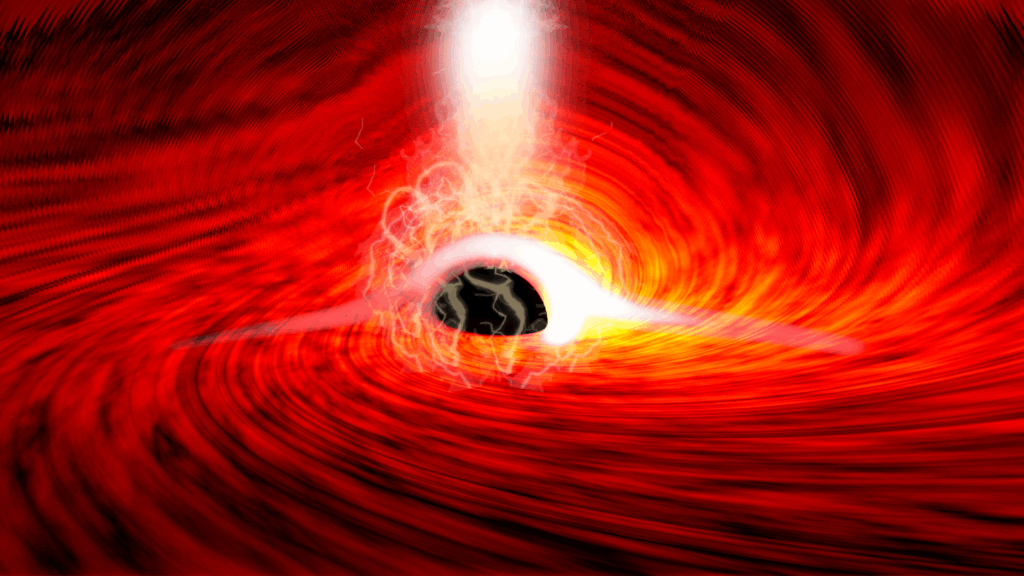
UvA appoints Michael Wise as professor by special appointment of Observational High-Energy Astrophysics
Dr. Michael Wise is appointed as professor by special appointment of Observational High-Energy Astrophysics, in particular Black Hole Feedback, at the Faculty of Science at the University of Amsterdam (UvA). The chair was established on behalf of the Stichting Het Jan van Paradijs Fonds. Wise will combine the professorship by special appointment with his work as the general and scientific director of SRON, the Netherlands Institute for Space Research.
